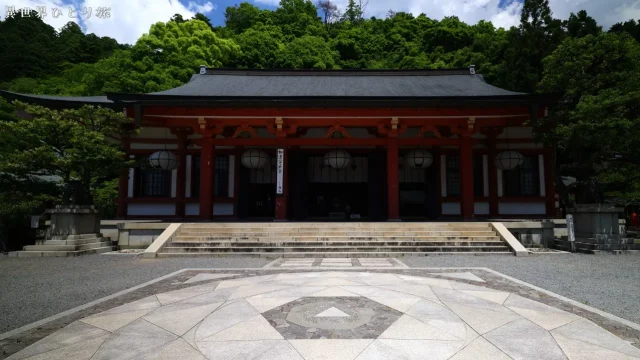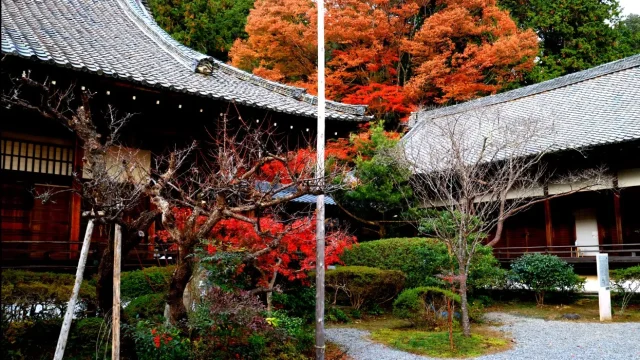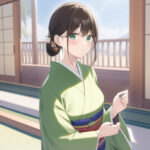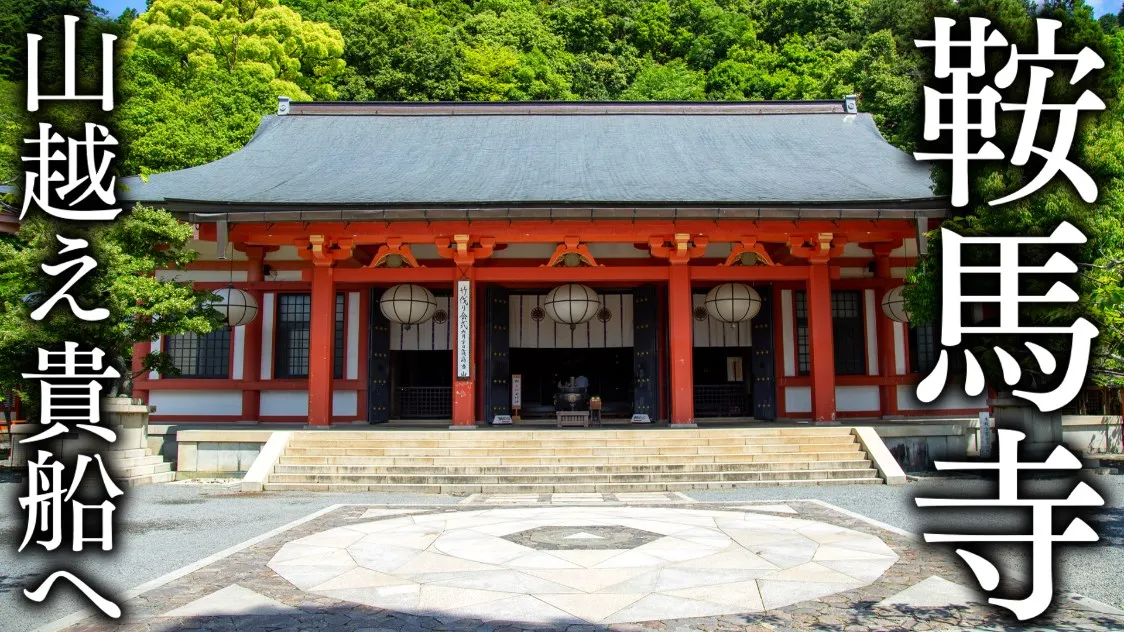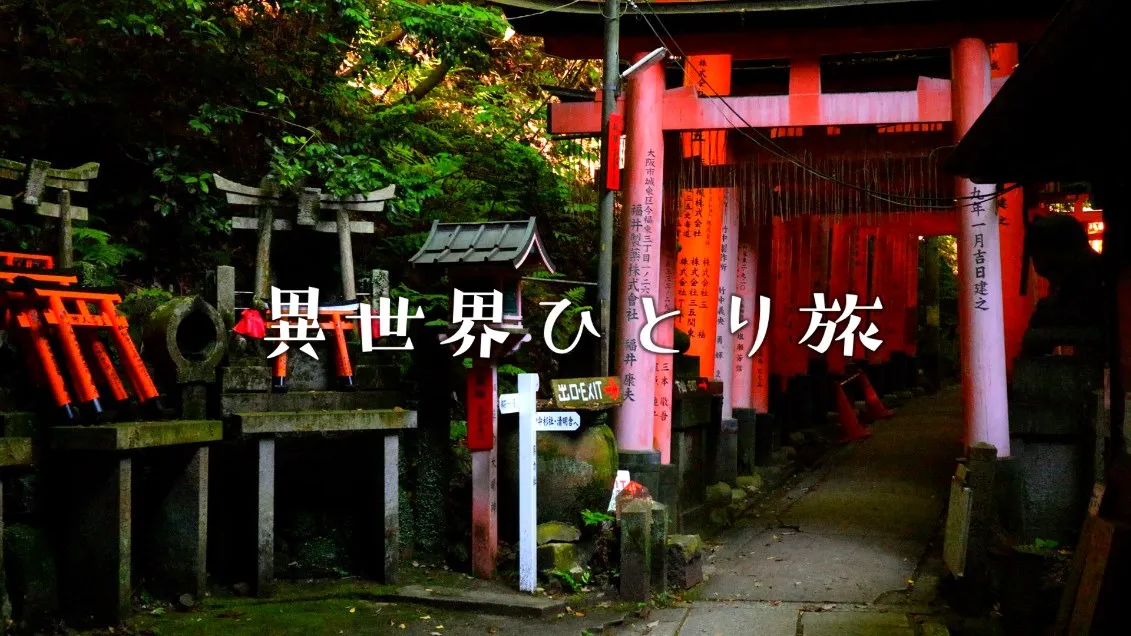Welcome to the Underworld of Kyoto] 31 Magical Spots in Kyoto
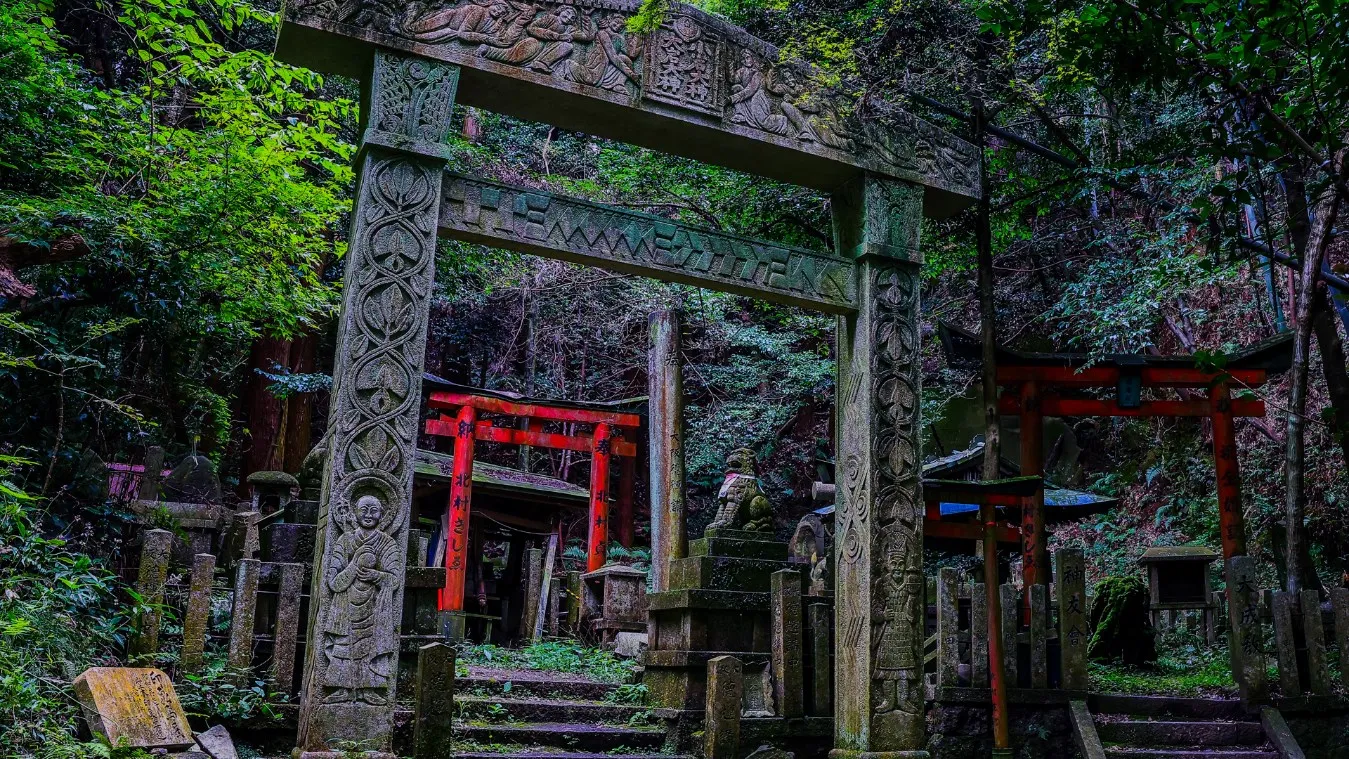
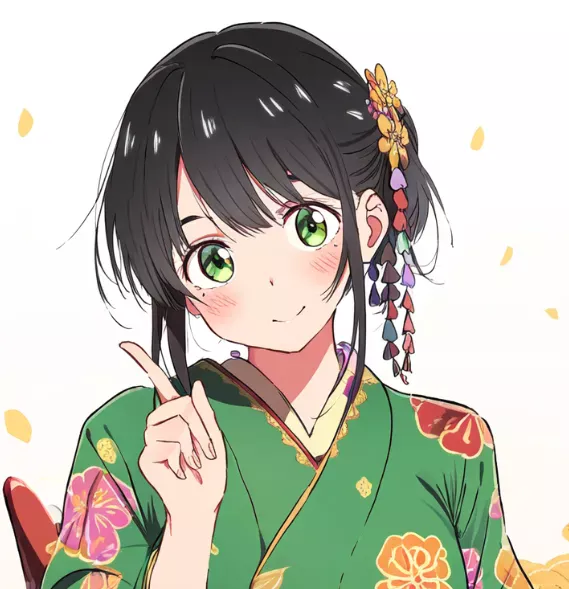
A very glamorous Kyoto city.
Let’s look at the seemingly glamorous Kyoto from a slightly behind-the-scenes aspect.
In this issue, we will guide you to the magical spots in Kyoto.
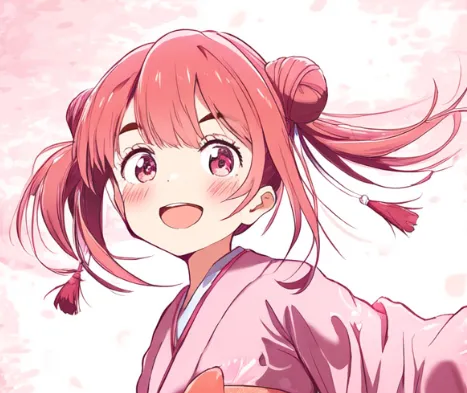
The underworld of Kyoto!
I’m kind of scared…
- Adashino Nenbutsuji Temple
- The head of the demon king “Shuten Doji” lies in the mound.
- Fukamidori-ike|Kyoto’s most mysterious spot
- Oiwa Shrine|A gateway to another world
- Yasaka Shrine
- Yasaka Tower
- Sanneizaka (San-nenzaka)
- Kiyomizu Temple
- Rokudo Chinmokuji Temple
- Ghost Childcare Ame Minato Ya
- Iron Well
- Yada Temple (Yada Jizoson)
- Kyoto Kanda Myojin
- Rokkaku Jailhouse: Rokkaku Gokusha
- Shinsen-en: Shinsen-en
- The Great Myojin of the White White White Man and the White White White Man Pond
- Ruins of Heian Palace Banquet Pine Grove
- Shiramine Jingu: Shiramine Shrine
- Seimei Shrine: Seimei Jinja
- single-tiered gate with a narrow strip of traditional Japanese clothing worn by pilgrims
- Kannon Temple|Tsuchigumo
- Kitano Tenmangu Shrine
- Hikakuji Temple (Senbon Enma-do)
- Ishizouji Temple, Nail-pulling Jizo: Kunugi Kizo
- Kyoto Imperial Palace
- Shimogoryo Shrine
- Kuramadera Temple: Kuramadera
- High Priestess (Tarot card)
- Kibune Shrine (shrine)
- Fushimi Inari-taisha shrine (in Kyoto)
- Kyoto’s spectacular scenery
Adashino Nenbutsuji Temple
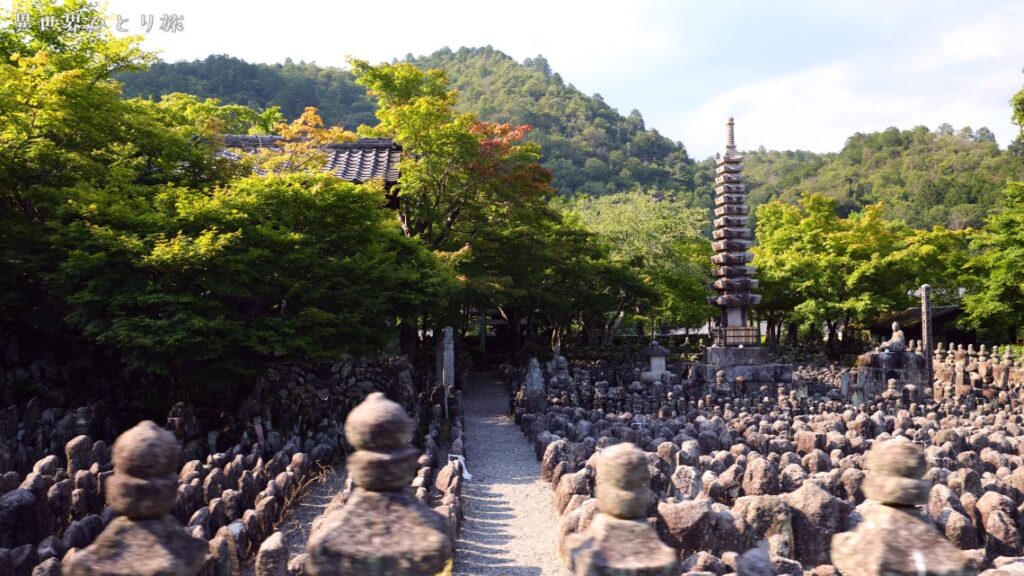
| Address | 17 Saga-Toriihon-Kakano-cho, Ukyo-ku, Kyoto City |
| Parking | Pay parking available nearby |
| Cost of visit | Adults ¥500 Junior high and high school students ¥400 Elementary school students and younger (with parents) Free |
| Official website | http://www.nenbutsuji.jp/ |
According to tradition, the temple was founded in 811, when Kukai buried the remains of a deceased man who had been left out in the open in this area, buried 1,000 stone Buddhas as a memorial service, and built the Gochisan Nyoraiji Temple with a stone statue of Gochi-nyorai (the Five Wisdom Buddhas).
This area has been a place of funerals since ancient times, and although burials were originally carried out in the wind, they were later changed to earth burials and people dedicated a stone Buddha to grieve for their eternal separation.
According to temple legend, a temple was built in Kano about 1,200 years ago by Kobo Daishi, who founded Gochisan Nyoraiji Temple, which later became a regular Nembutsu Buddhist center for Honen Shonin.
The name “Adashino” is written as “Kakano.
The Chinese character for “hua” (meaning “to become”) means “vain,” and the Chinese character for “to become” (meaning “to die”) means “to be born again in this world” or “to wish to come to the Pure Land of Paradise.
six-faced and six-legged Jizo
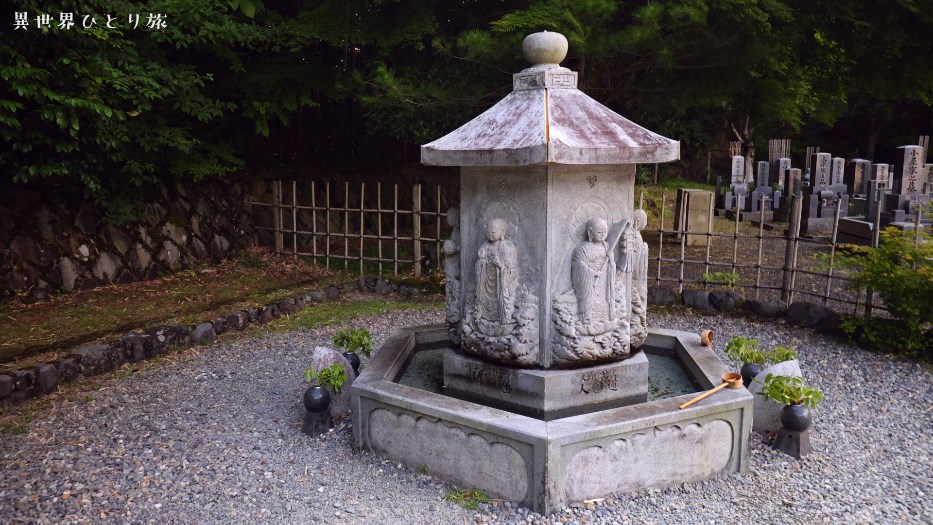
Saga-Toriihon Townscape


Kakano Nenbutsuji Temple is the town.
It is located a little away from Kyoto, so it is very secluded.
Google Maps

An article on Kakano Nembutsuji Temple please click here.
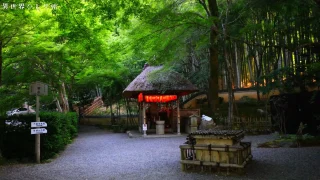
The head of the demon king “Shuten Doji” lies in the mound.
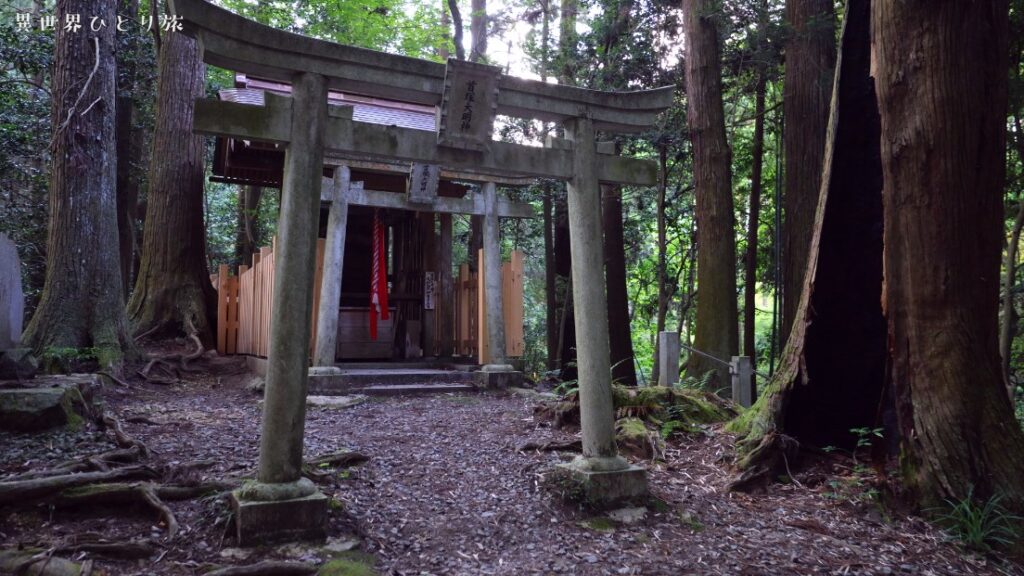
| Address | Oheda Kutsumigake-cho, Nishikyo-ku, Kyoto City |
| Parking lot | None |
| Cost of visitation | Free of charge |

I’m pretty scared here…

The head of the demon king “Shuten Doji” is enshrined there.
At the beginning of the Heian period (794-1185), the demon king “Shuten Doji,” who resided on Mount Oe in Tamba Province, went to the capital of Kyoto to commit all kinds of evil acts, including robbing gold, silver, and treasures and attacking women and girls.
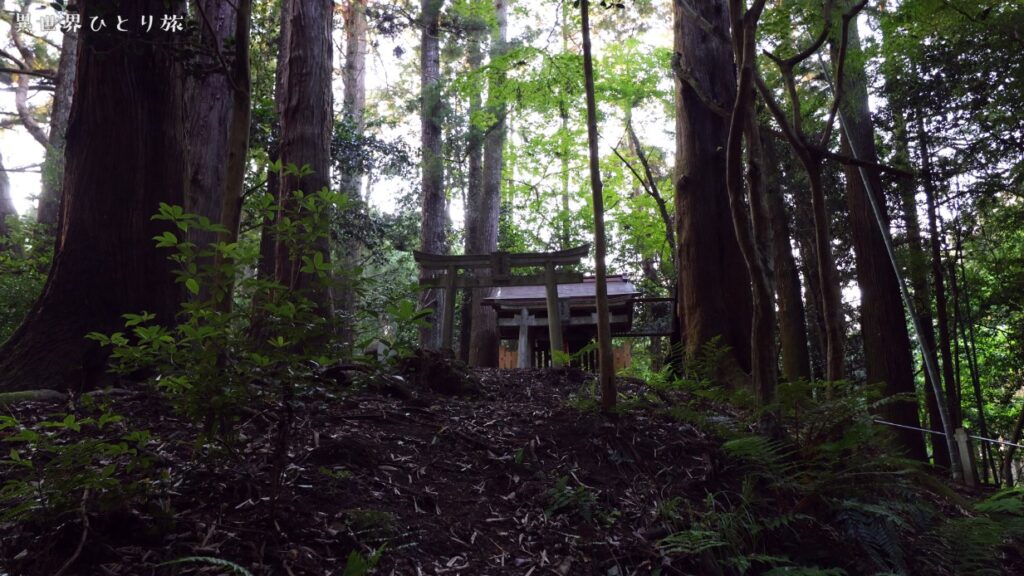
Minamoto no Yorimitsu, under the order of Emperor Ichijo, led his vassals to Mount Oe and defeated Shuten Doji.
He tried to return to Kyoto with the head of Shakan-douji, but when he reached Ro-no-zaka, his head suddenly became heavy and stuck.
Kintoki Sakata, a strong man, tried to carry the head, but the head would not move at all, so he had no choice but to bury it there.

I didn’t know such a place existed in Kyoto…
There are private homes nearby.
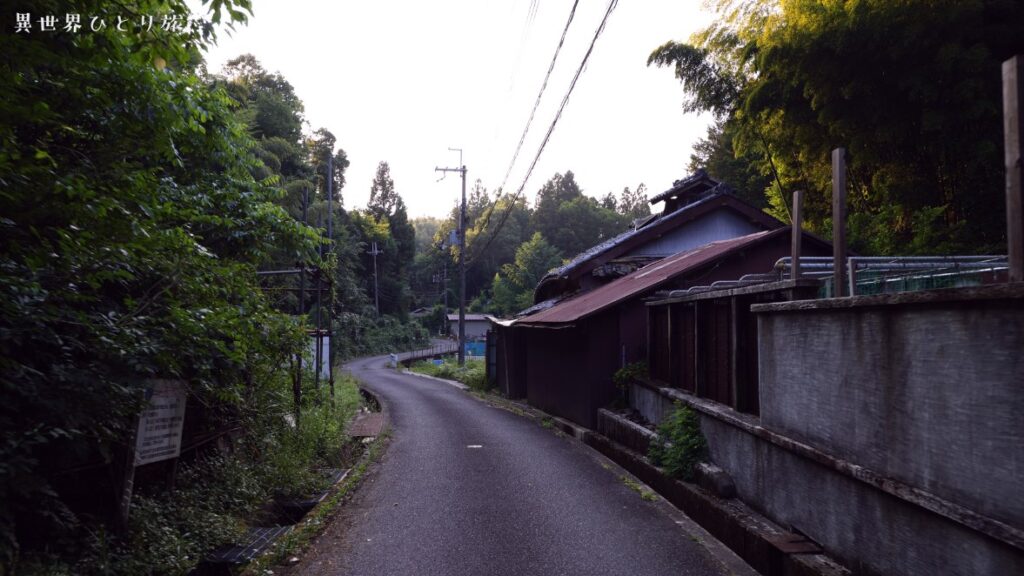

In fact, there is a private house nearby.
Google Maps

There is no parking, but there was barely enough space to park one car. Also note that the road is quite narrow.
To see more photos of Kubozuka Daimyojin, please click here for more photos of the Great Myojin Head Mound.
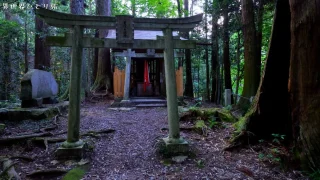
Fukamidori-ike|Kyoto’s most mysterious spot
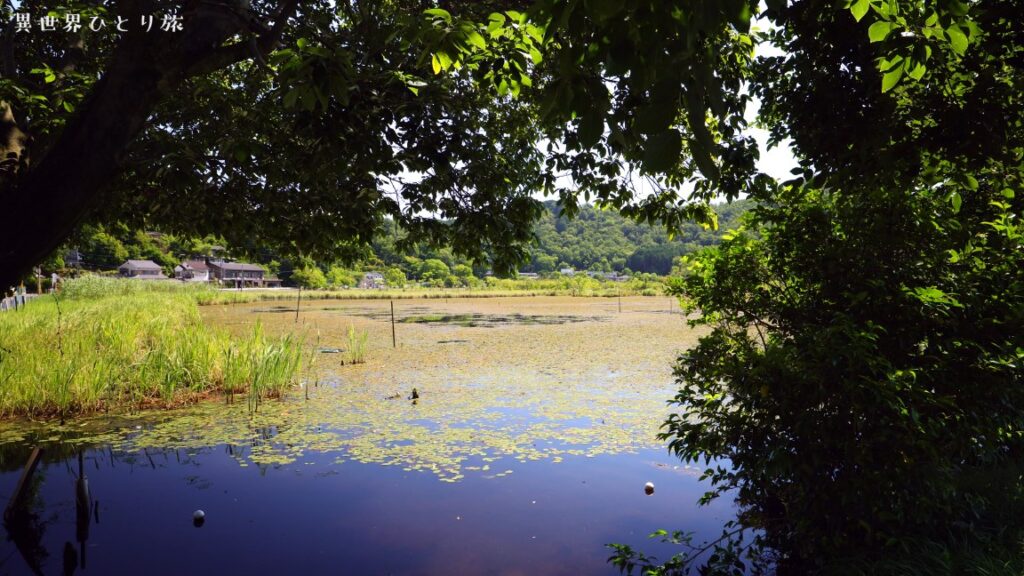
| Address | 67-1, Kamigamo-fukaidaike-cho, Kita-ku, Kyoto, 603-8042, Japan |
| Business Hours | Hours of Operation |
| Parking lot | None |
| Cost | Free of charge |
| Website |
https://www.city.kyoto.lg.jp/
bunshi/page/0000005655.html |
| Google Maps | https://goo.gl/maps/wF7cux9Ev8u4HZjK9 |

Midorogaike Pond is located along Kurama Highway.

The name scares me…!
The pond, which suddenly appears at the end of a residential street, is a deep green color and has an indescribably unique atmosphere.
As its name suggests, the bottom of the pond is layered with sediment.
Kyoto’s most mysterious spot
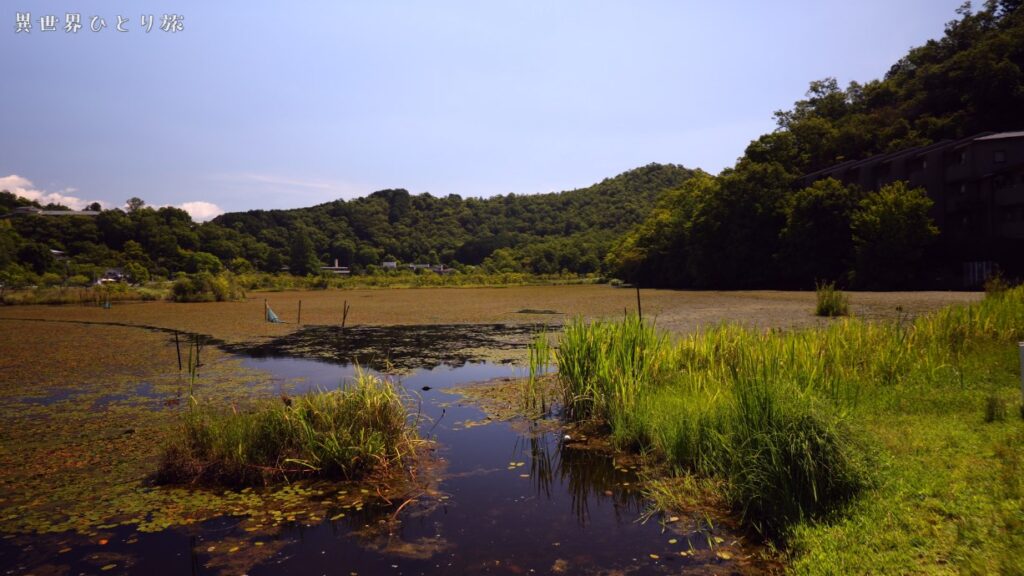

There is something lonely about this scene, where the greenery blends into the water.
In fact, it has long been Kyoto’s most mysterious spot, with numerous legends of ghost stories and a giant snake that lives there.
There is also a strange tale about a demon that lives in Kibune that goes underground and comes out of a hole by the pond.
Google Maps

For more information on Fukamoriga Pond, please see this article for more information on Fukamoriga Pond.
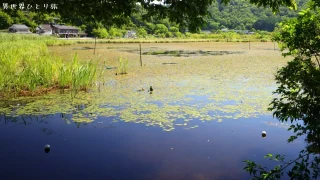
Oiwa Shrine|A gateway to another world
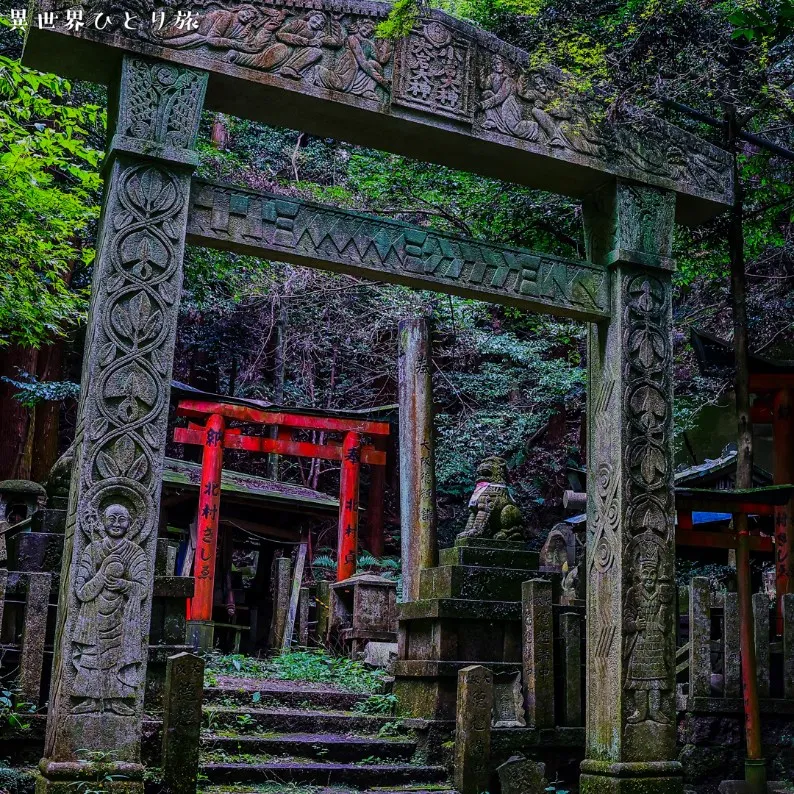
| Address. | Oiwa Shrine, 89-2 Fukakusa Mukaikehara-cho, Fushimi-ku, Kyoto 612-0817, Japan |
| Parking lot | None |
| Cost of visitation | Free of charge |
Google Maps
Oiwa Shrine in video

Fushimi Inari Taisha Shrine It is located approximately 20 minutes from
It is a very otherworldly shrine.
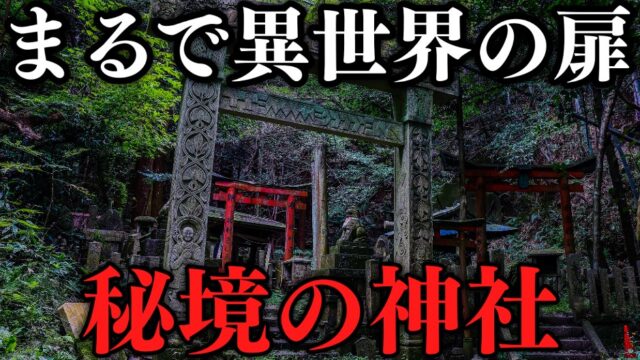
Yasaka Shrine
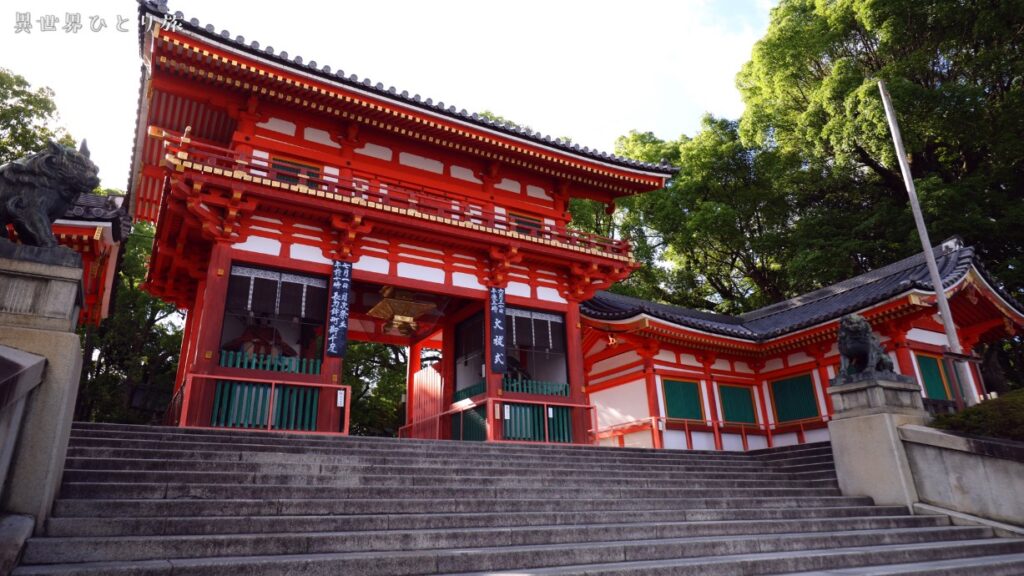
| Address | North side of Gion-cho, Higashiyama-ku, Kyoto |
| Parking lot | None |
| Cost of visitation | Free of charge |
| Official website | https://www.yasaka-jinja.or.jp/ |
Yasaka Shrine has long been known to the people of Kyoto as “Gion-san.
The Gion Matsuri, a festival of 1,000 years of tradition at Yasaka Shrine, dates back to the time when, in response to an epidemic that broke out in various parts of Japan, a shrine was dedicated to the emperor and 66 spears were erected in honor of the 66 countries of the time, and a portable shrine was sent to Shinsen-en from Gion Shrine to pray for the elimination of the plague.
Kyoto Gion Festival
Google Maps
Yasaka Tower
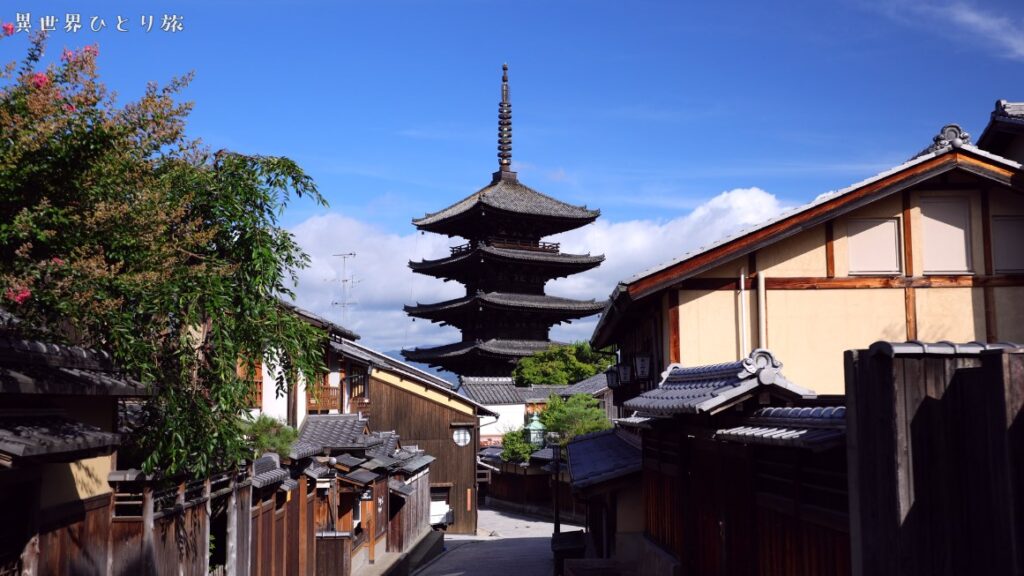
| Address | 388 Yasakaue-cho, Shimogawara Higashi-iru, Yasaka-dori, Higashiyama-ku, Kyoto |
| Cost of visit | Junior high school students and older: 400 yen |

It is commonly known as “Yasaka-no-to” (Yasaka Pagoda), located between Yasaka Shrine and Kiyomizu Temple.
The temple’s official name is Hokanji Temple.
It is a purely Japanese-style building with a five-story tile roof, 6 meters in the direction and 46 meters in height, and conveys the architectural style of the Hakuho period (710-794).
Since its foundation, the pagoda was often destroyed by fire, but was rebuilt each time. The present pagoda was rebuilt by Ashikaga Yoshinori in 1440.
Google Maps
Yasaka-no-to (Pagoda of Yasaka) in video
Sanneizaka (San-nenzaka)
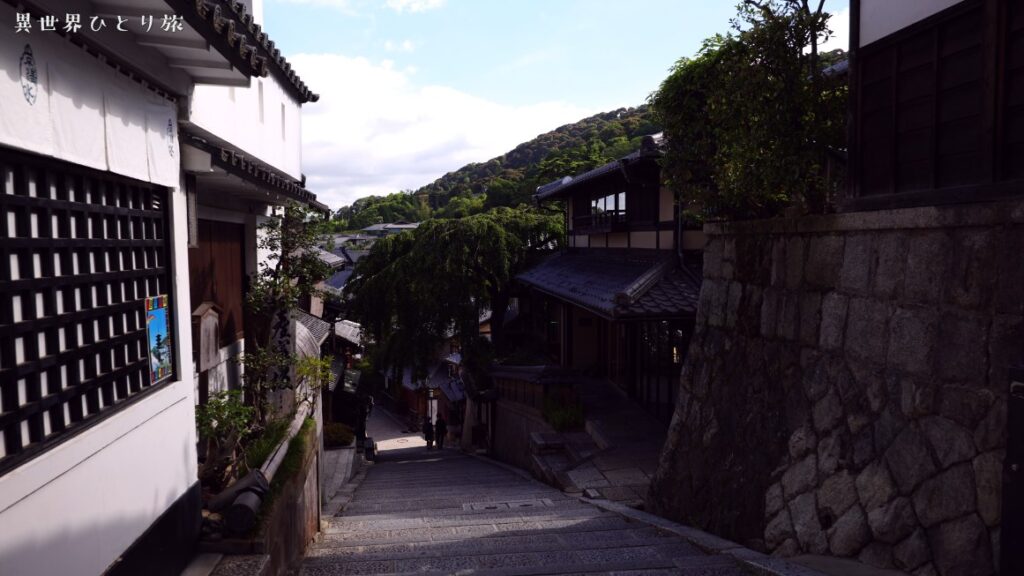
| Address | 2-221-211 Shimizu, Higashiyama-ku, Kyoto-shi, Kyoto |
| Parking lot | None |
| Cost of visitation | Free of charge |
There are various theories as to the origin of the word “Sanneizaka,” but the most popular theory is that it came to be called “Sanneizaka” because it is a hill to climb to pray for a peaceful delivery of the baby to the Kannon (Goddess of Mercy) at Kiyomizu Temple on the hill.
There is a saying, “If you trip and fall on Sannenzaka, you will die within three years. The cobblestone stairs are slippery, so please be careful.
Google Maps
Kiyomizu Temple
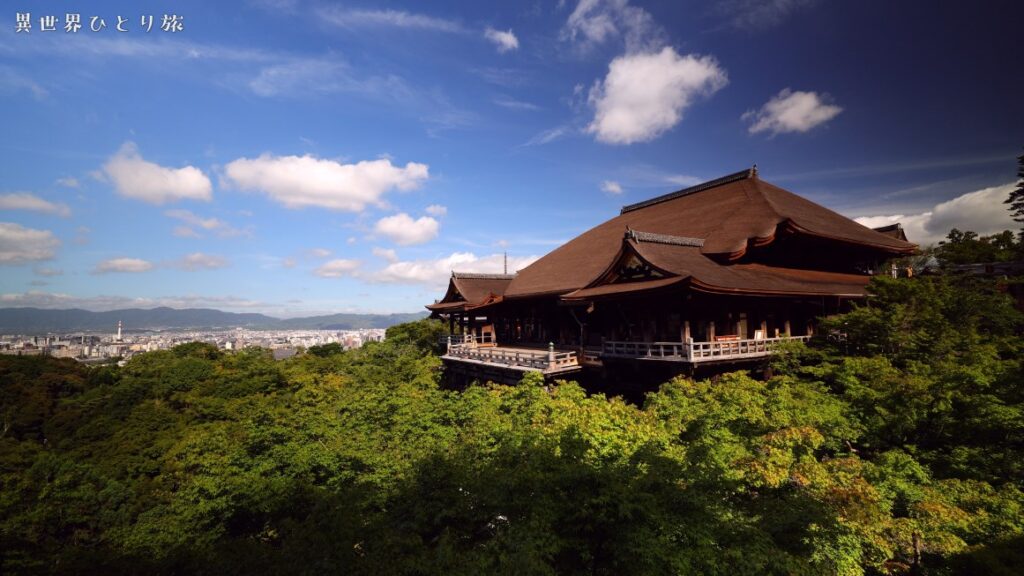
| Address | 1-294, Shimizu 1-chome, Higashiyama-ku, Kyoto-shi, Kyoto |
| Parking lot | No parking There is a Kyoto City Kiyomizu-zaka sightseeing parking lot (fee required) nearby. |
| Cost of visit | Adults 400 yen Elementary/Junior high school students 200 yen |
| Official website | https://www.kiyomizudera.or.jp/ |
After training in Nara, a monk named Kenshin headed north, following a dream, and eventually found a waterfall of pure water on Mount Otowa in Kyoto. He met an old hermit, Gyoeiko-ji, by the waterfall, who told him, “I have been waiting for you for many years. I am leaving for the East now, so please take care of me. After realizing that Gyoei was an incarnation of Kannon, Kenshin carved a statue of the thousand-armed Kannon from a sacred tree that Gyoei had left behind and enshrined it in Gyoei’s former hermitage.
Otowa-no-Taki Waterfall
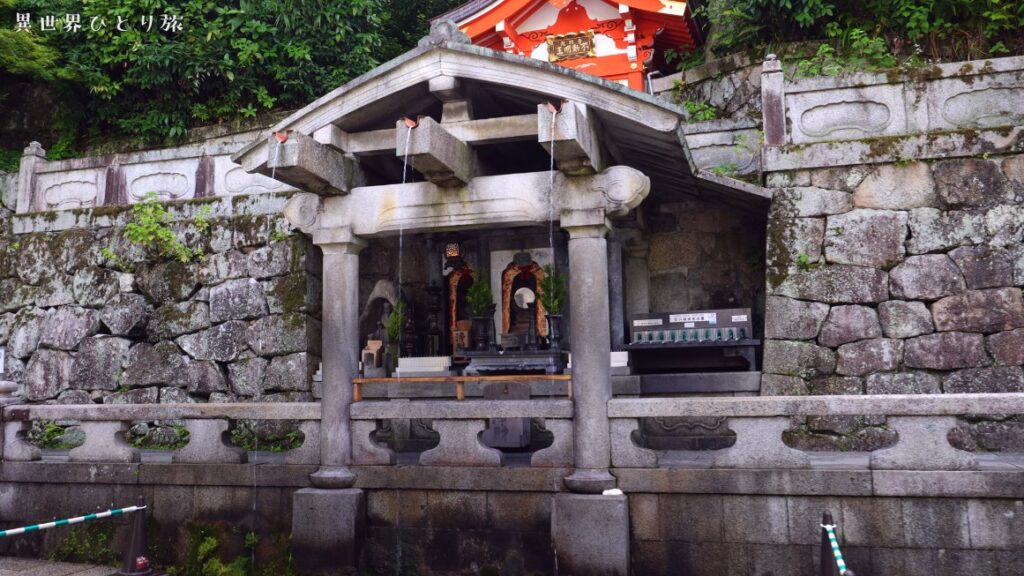

This is said to be the beginning of Kiyomizu-dera Temple. The clear spring that Kenshin found was later called “Otowa-no-taki” (Waterfall of Otowa), and the clear water continues to spring from it to this day.
Kiyomizu Temple” in video
Google Maps

Rokudo Chinmokuji Temple
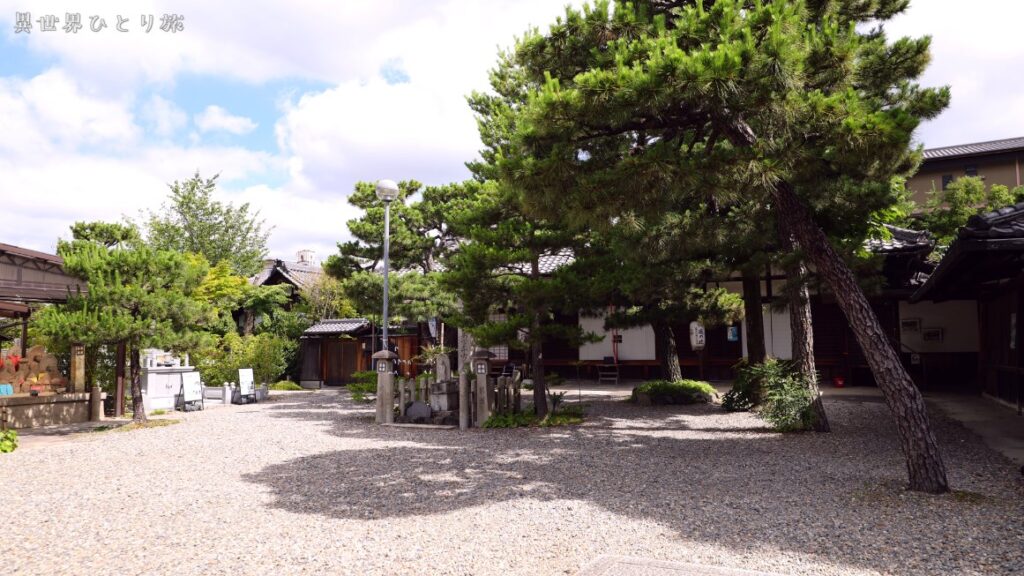
| Address | 595, Komatsu-cho 4-chome, Shijo-sagaru, Yamato-oji-dori, Higashiyama-ku, Kyoto |
| Parking lot | None |
| Cost of visit | Free of charge In principle, visitors of 5 or more may view the hall by appointment: 800 yen/person |
| Official website | http://www.rokudou.jp/ |

In the past, it was located at the entrance to Toribeno, a cremation ground in Heian-kyo, and was called “Rikudo no Tsuji” because it was thought to be the border between this world and the other world.

The “Six Realms” refer to the six underworlds in Buddhist doctrine: Jigoku (hell), Gaki (hungry ghost), Chikusho (animal), Shura (asura), Hantou (human), and Tendou (heaven).
It is said that the border between this world and the other world has been located in the precincts of this temple since ancient times, and is believed to be the entrance to the underworld.
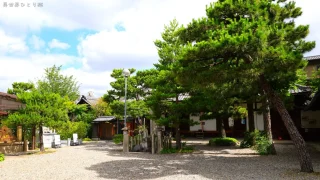
Google Maps
Rikudou Chinmokuji Temple in video
Ghost Childcare Ame Minato Ya
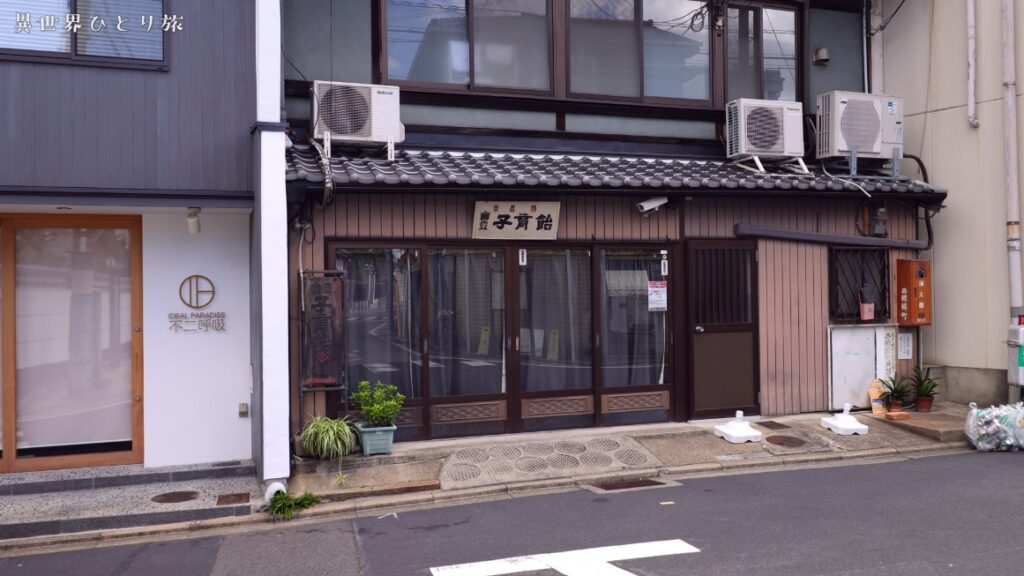
| Address | 80-1, 2-chome, Pottery Wheel Town, Matsubara-dori, Yamato-oji Higashi-iru, Higashiyama-ku, Kyoto, Japan |
| Parking lot | None |
| Cost of visitation | Free of charge |
| Official website | https://kosodateame.com/ame/ |

Ghost Child Raising Ame Minatoya is the oldest candy shop in Japan with a history of over 450 years.

Amazing history!
History of Ghost Child Care Candy
It was about 400 years ago, going back to the present.
Every night, women would visit the candy store near this Rikudo no Tsuji street to buy candy.
The owner, who at first did not think it was suspicious, became suspicious because every day in the change box, there was a leaf from a tree mixed in with the rest.
Was that woman a fox?” One night, the owner followed her to a graveyard.
When they dug up the area where the baby’s voice was heard, they found a live baby along with the woman’s corpse.
After the owner saved this baby, the woman never appeared again.
Then, without anyone’s knowledge, we started to call this candy “ghost child care candy.
Google Maps
Iron Well
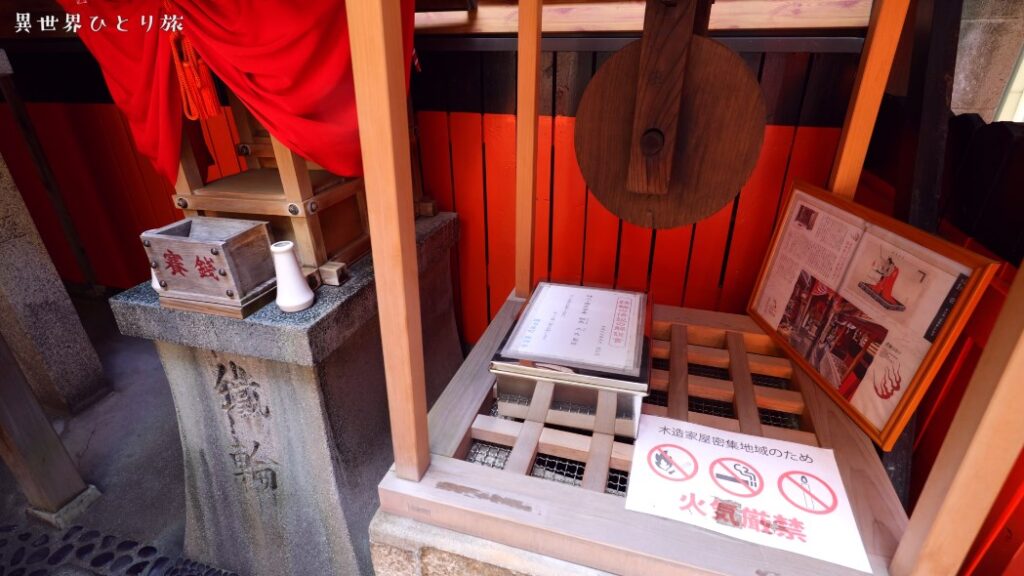
| Address | 251 Kajiya-cho, Matsubara-sagaru, Sakai-machi-dori, Shimogyo-ku, Kyoto, 600-8079, Japan |
| Business Hours | Hours of Operation |
| Parking lot | None |
| Cost | None |
| Remarks | Please be quiet as this is a private residence. |
| Google Maps | https://goo.gl/maps/QXBqGUMT1RdH6kV46 |
Tucked away in a quiet residential area
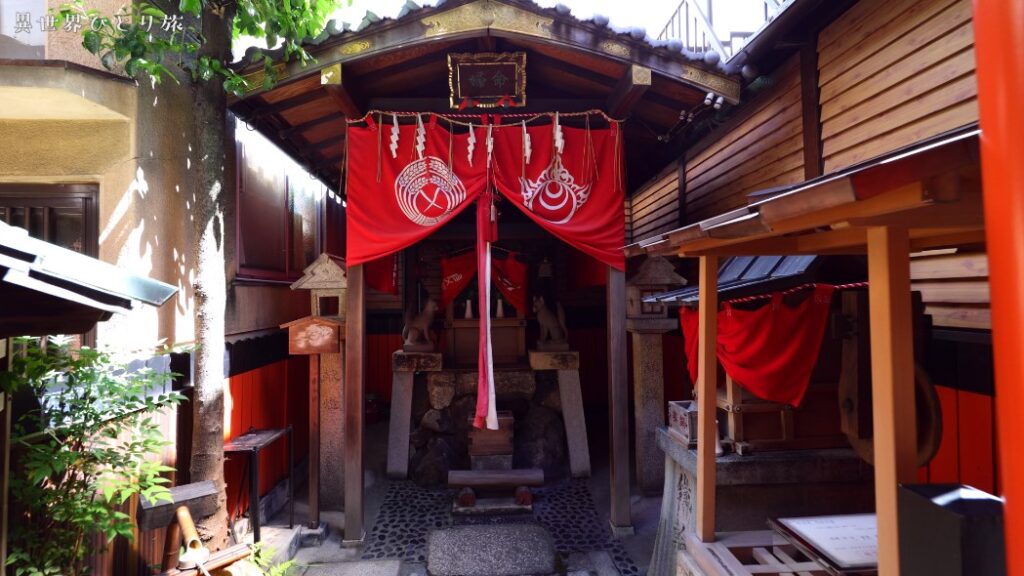
It is located in a completely residential area, so it is hard to find.
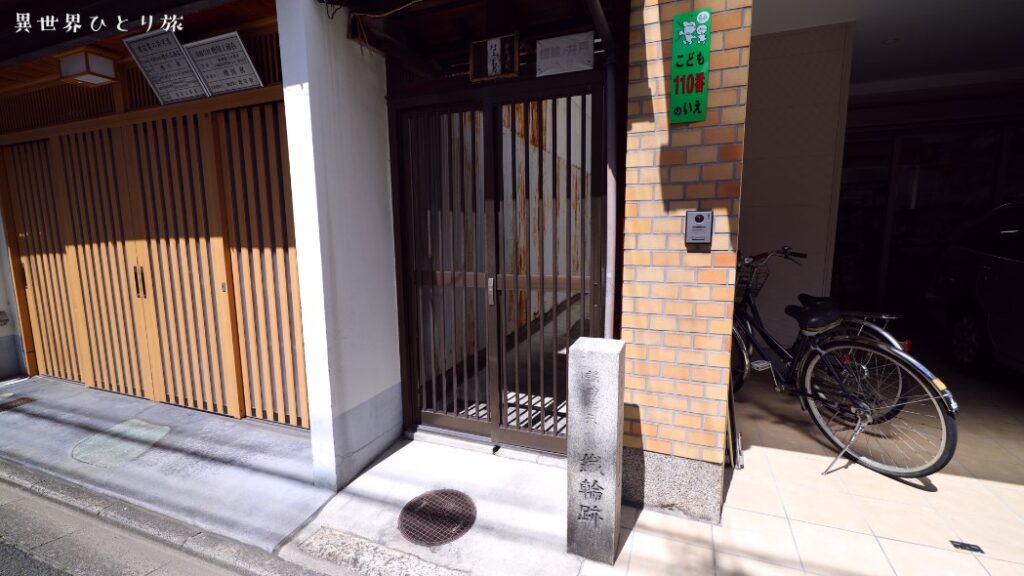
Google Maps

For more information on the Kannawa wells, please see this article for more information on the Kannawa well.
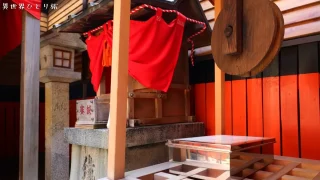
Yada Temple (Yada Jizoson)
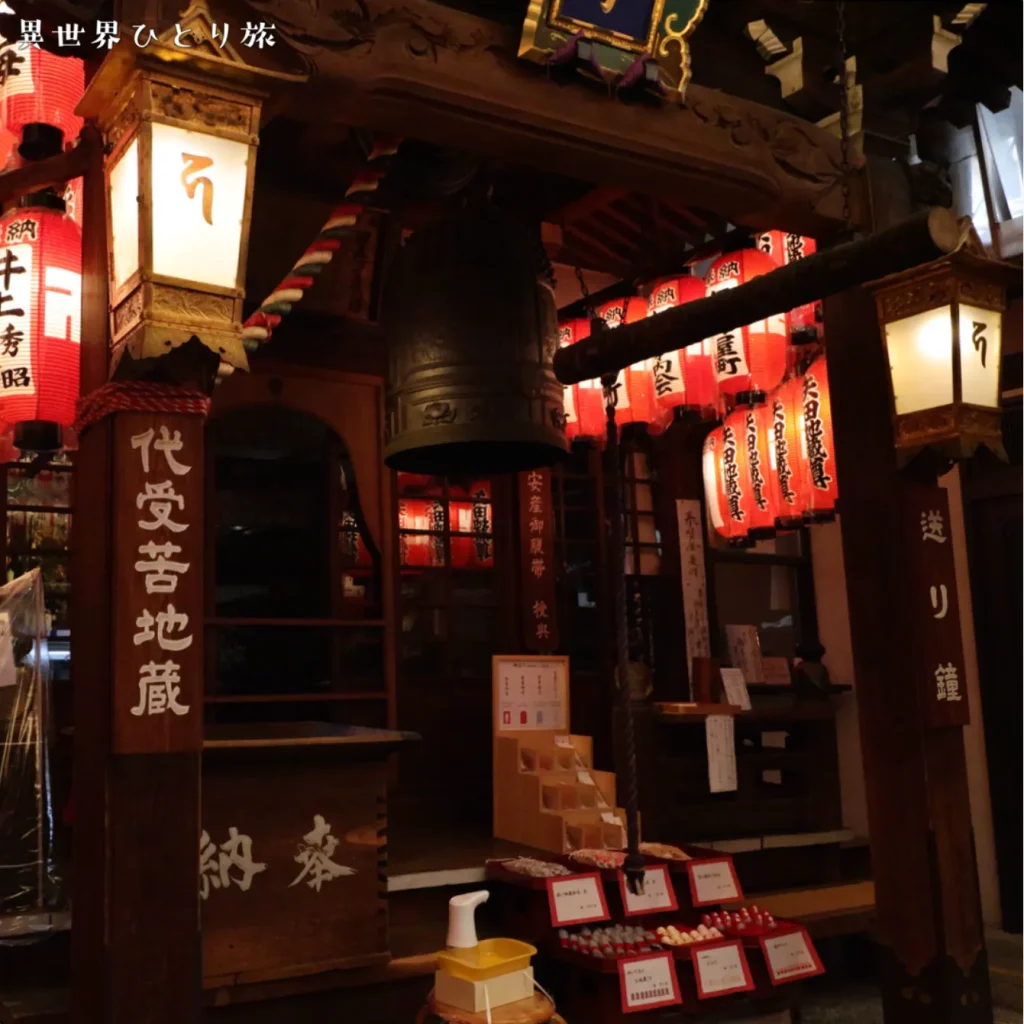
| Address | Tenjyoji-mae-cho 523, Sanjo-agaru, Teramachi-dori, Nakagyo-ku, Kyoto 604-8081, Japan |
| Hours of Operation | 8:00 a.m. – 7:00 p.m. |
| Parking lot | parking lot |
| Cost | Free of charge |
| Website | web site |
| Google Maps | https://goo.gl/maps/wT56qZ28BUvmQnox6 |

For more information about Yada Temple, please see this article for more information about Yada Temple.
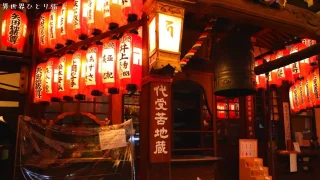
Kyoto Kanda Myojin
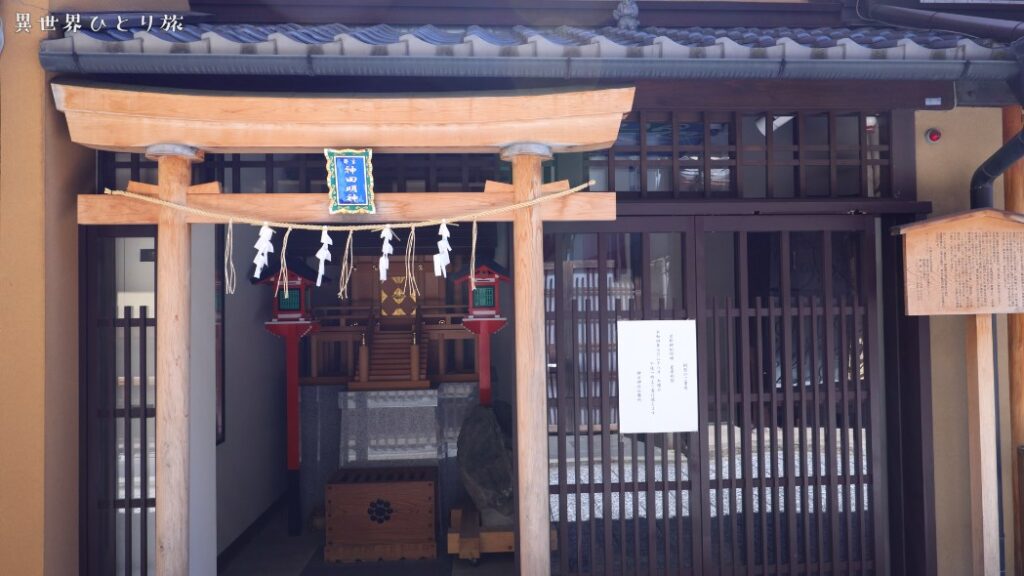
| Address. | 726 Shinkamaza-cho, Shimogyo-ku, Kyoto-shi, Kyoto 600-8471, Japan |
| Business Hours | Hours of Operation |
| Parking lot | None |
| Cost | Free of charge |
| Website | web site |
| Google Maps | https://goo.gl/maps/b6RdaAX6GJBHKDUk8 |

The Kyoto Kanda Myojin Shrine is located on the site where Taira no Masakado was killed by Fujiwara no Hidesato and Taira no Sadamori in 940, and his head was sent to Heian-kyo where it was exposed.
It appears when you turn off the main street onto a side street.
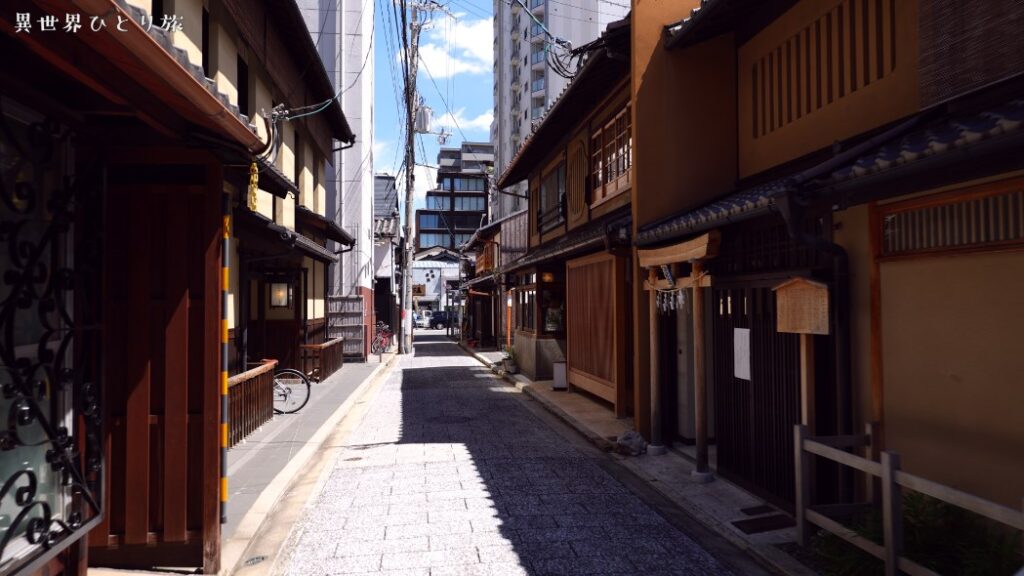
It is said that Kuya Shonin built a hall at the place where his head was exposed and made a generous offering, which later became known as the “Dojo of Kuya’s Memorial Service.
Google Maps
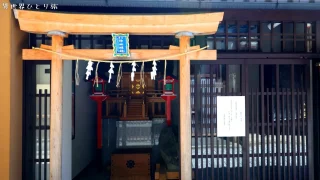
Rokkaku Jailhouse: Rokkaku Gokusha
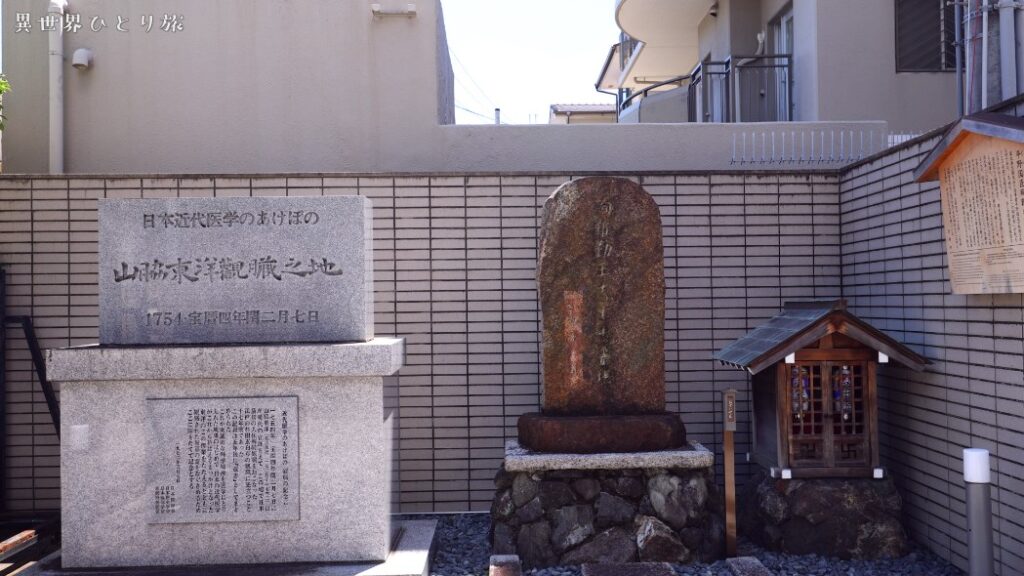
| Address | 112 Inaban-cho, Nakagyo-ku, Kyoto, 604-8803, Japan |
| Hours of Operation | 5:30 a.m. – 10:00 p.m. |
| Parking lot | None |
| Cost | Free of charge |
| Website | web site |
| Google Maps | https://goo.gl/maps/CJqMSs8jrcah3mS56 |
Rokkaku Jail was a prison in Kyoto built in the Heian period (794-1185), officially known as Sanjo Shinchi Jail Yashiki.
In 1864, during the fire of the Forbidden Change, the beheading of 33 prisoners was decisively carried out by officials of the Kyoto Town Magistrate because they feared the radical aspirants would escape.
Although many prisoners lost their lives as a result, the fire stopped at Horikawa-dori and never reached the Rokkaku Prison House.
Google Maps

For more information on Rokkaku Jailhouse, please see this article for more details.
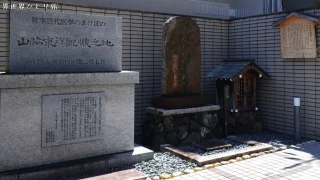
Shinsen-en: Shinsen-en

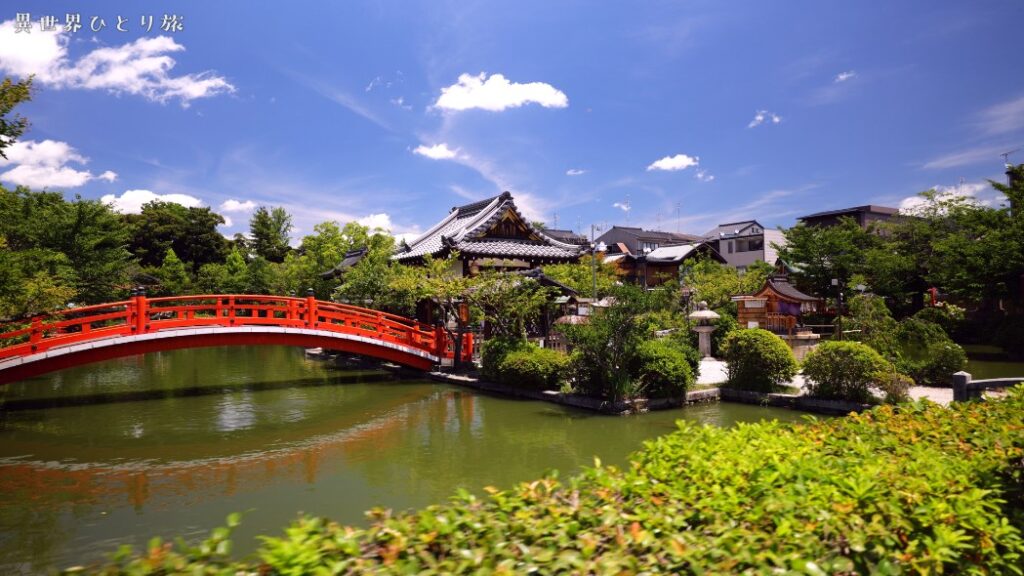
| Address | 166 Monzen-cho, Nakagyo-ku, Kyoto City |
| Parking lot | None |
| Cost of visitation | Free of charge |
| Official website | http://www.shinsenen.org/ |
Google Maps

The Great Myojin of the White White White Man and the White White White Man Pond
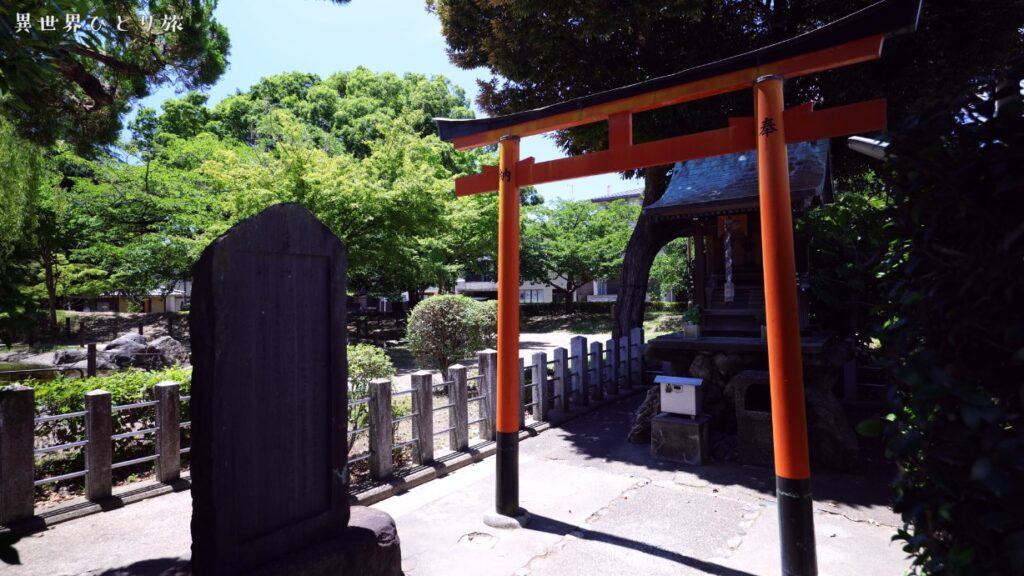
| Address. | 910-40-964 Chikara-machi, Kamigyo-ku, Kyoto, 602-8155, Japan |
| Business Hours | 24 hours |
| Parking lot | Paid parking available in the vicinity |
| Cost | Free of charge |
| Toilet | Yes |
| Website | https://goo.gl/maps/di9b74LP28TaxKcd6 |
White’s Pond
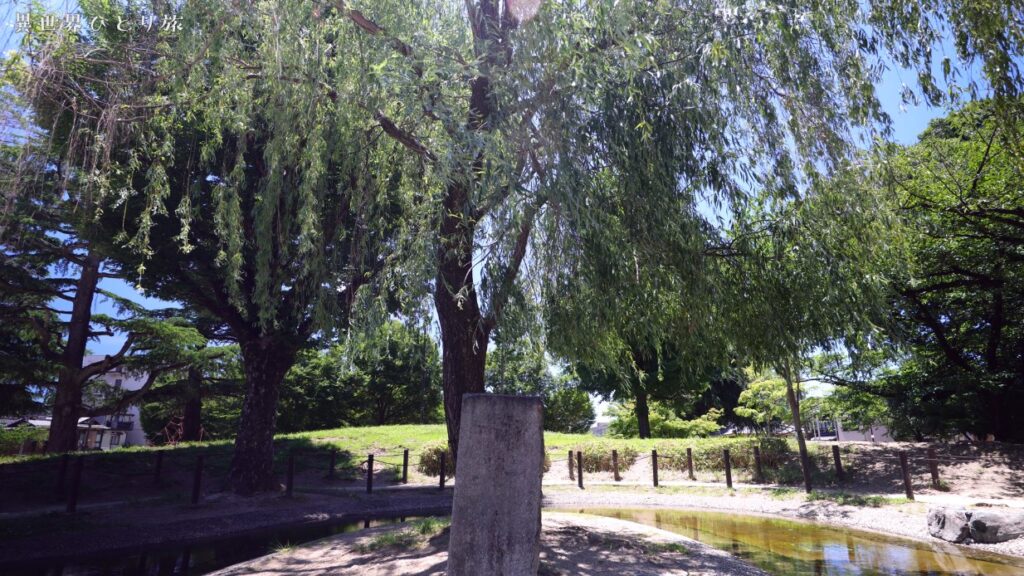
Google Maps

It is located in a park just north of Nijo Castle.
For more information on 鵺池 and 鵺大明神, please see this article for more information.
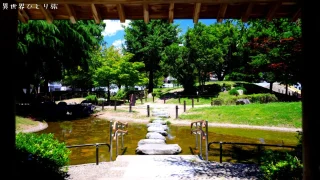
Ruins of Heian Palace Banquet Pine Grove
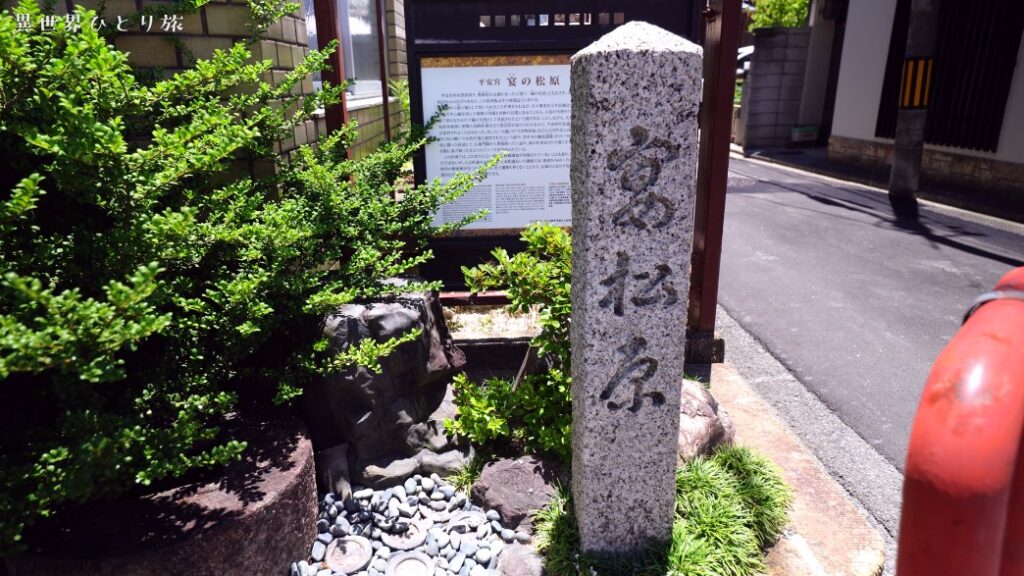
| Address | 327 Shichibancho, Rokkencho Higashi-iru, Demizu-dori, Kamigyo-ku, Kyoto 602-8359, Japan |
| Business Hours | 24 hours |
| Parking lot | None |
| Cost | Free of charge |
| Website | web site |
Google Maps
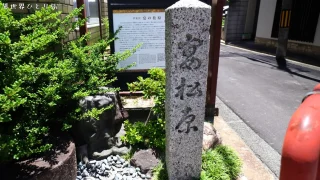
Shiramine Jingu: Shiramine Shrine
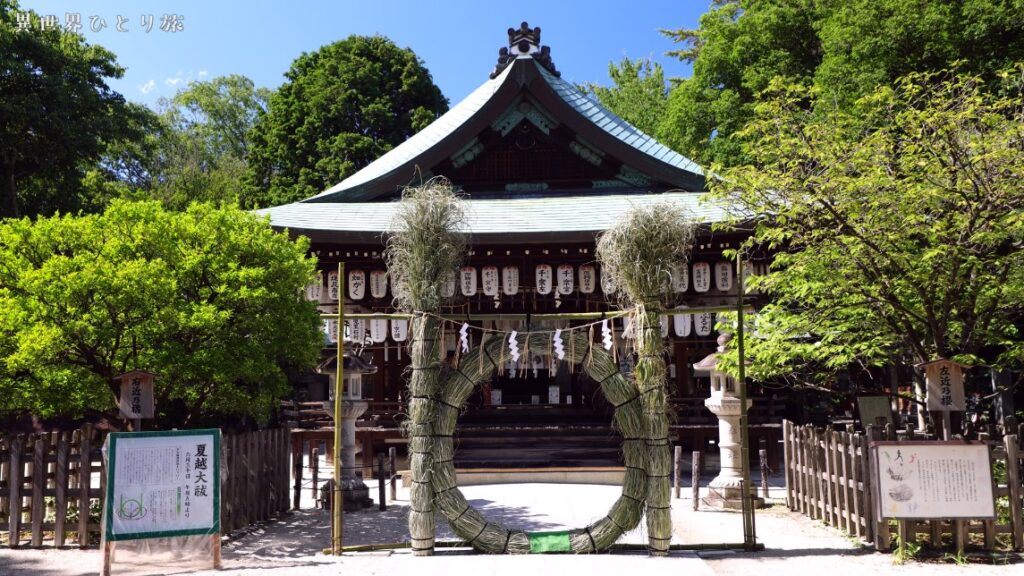
| Address | 261 Asukai-cho, Kamigyo-ku, Kyoto, 602-0054, Japan |
| Hours of Operation | 8:00 a.m. – 5:00 p.m. |
| Parking lot | None |
| Cost | Free of charge |
| Website | http://shiraminejingu.or.jp/ |
| Google Maps | https://goo.gl/maps/StoV1ebsJRFPUdMj8 |
In the late Heian period, the precincts of Shiramine Shrine were the residence of the Asukai family, a noble family that taught waka poetry and mari (Japanese ball game). Sei Dai Myojin, the “God of Mari,” has been enshrined as a guardian deity in the Asukai family mansion for generations.
Today, he is considered the patron god of all ball games and sports in addition to soccer.
Google Maps

For Shiramine Shrine, please see this article for more information.
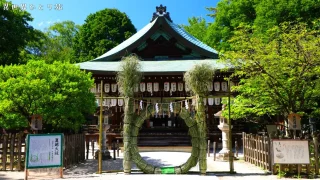
Seimei Shrine: Seimei Jinja
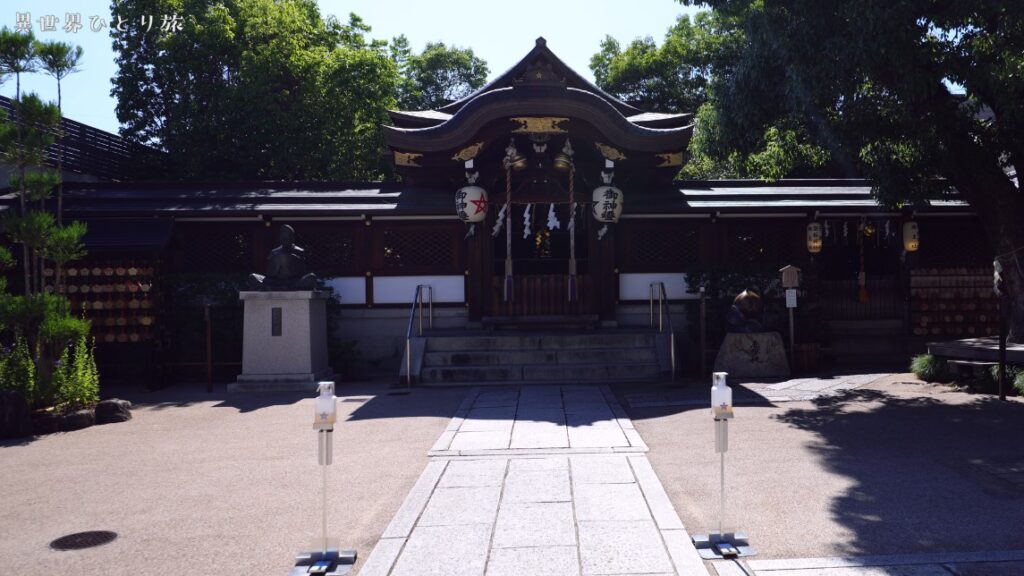
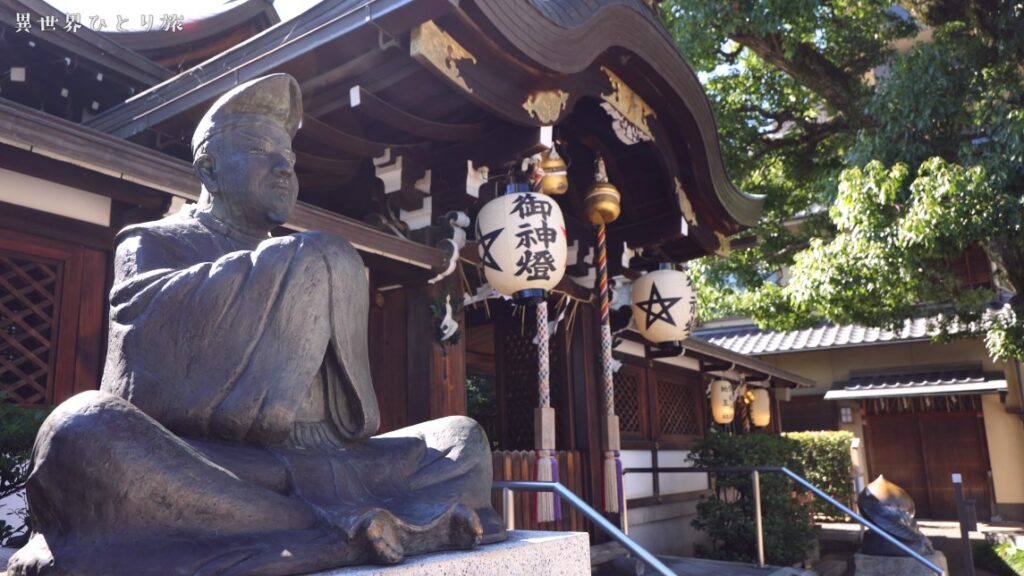
| Address | 806 Harumei-cho, Kamigyo-ku, Kyoto City (Horikawa-dori Ichijo-agaru) |
| Parking lot | None |
| Cost of visitation | Free of charge |
| Official website | https://www.seimeijinja.jp/ |

Seimei Shrine is dedicated to Prince Seimei Abe, an astronomer of the mid-Heian period.
It is said that at the time of its founding, Seimei Shrine was a vast area with Horikawa Dori to the east, Kuromon Dori to the west, Motoshiganji Dori to the north, and Neutraluri Dori to the south.
However, after the Onin War, its scale shrank due to the construction of the capital by Toyotomi Hideyoshi and repeated fires of war.
Since the end of the Edo period, the shrine and its precincts have been maintained mainly by Ujiko (shrine parishioners).
Old Ichijo Return Bridge
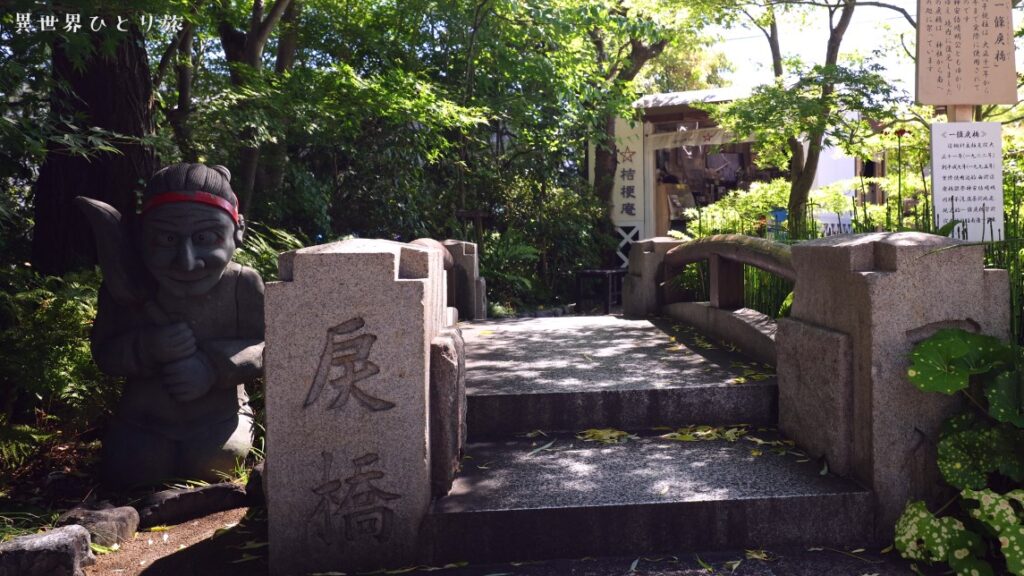
Watch a video of Seimei Shrine
Google Maps

For more information about Seimei Shrine, please see this article for more information about Seimei Shrine.
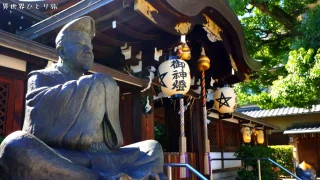
single-tiered gate with a narrow strip of traditional Japanese clothing worn by pilgrims
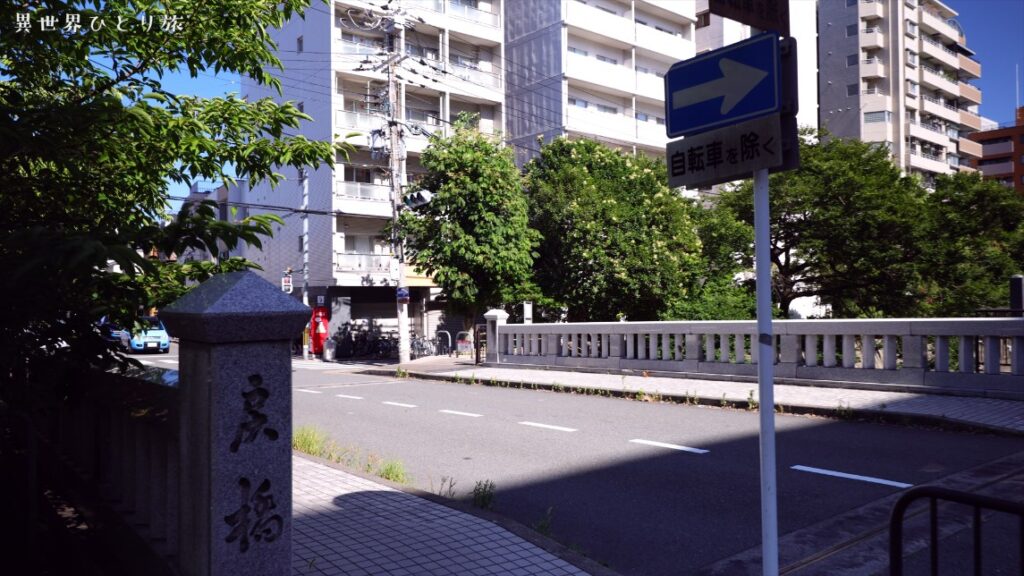
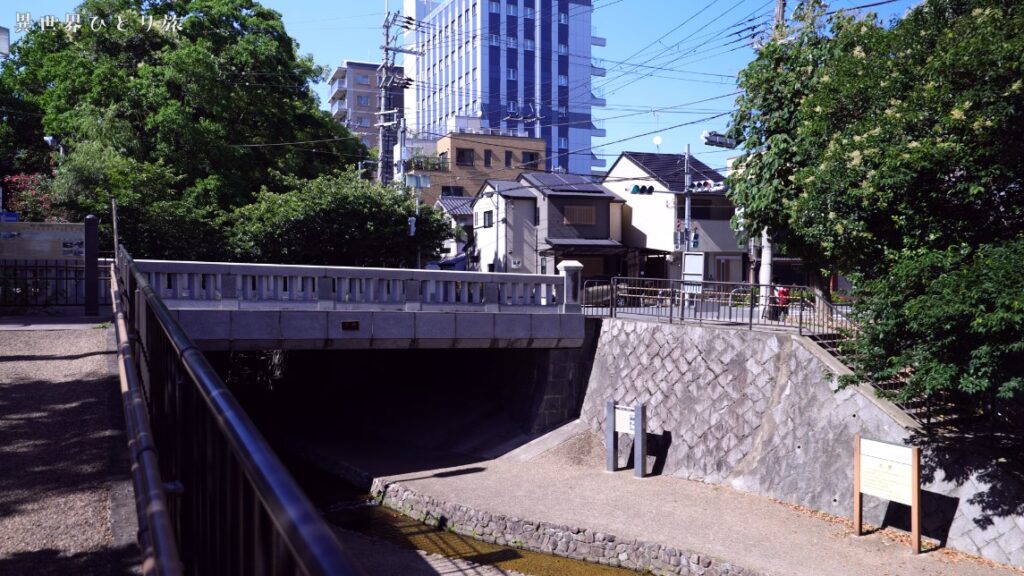
| Address | Ichijo Street, Shukei-cho, Kamigyo-ku, Kyoto City |
| Parking lot | None |
Google Maps
It is located a 5-minute walk south of Seimei Shrine.
Kannon Temple|Tsuchigumo
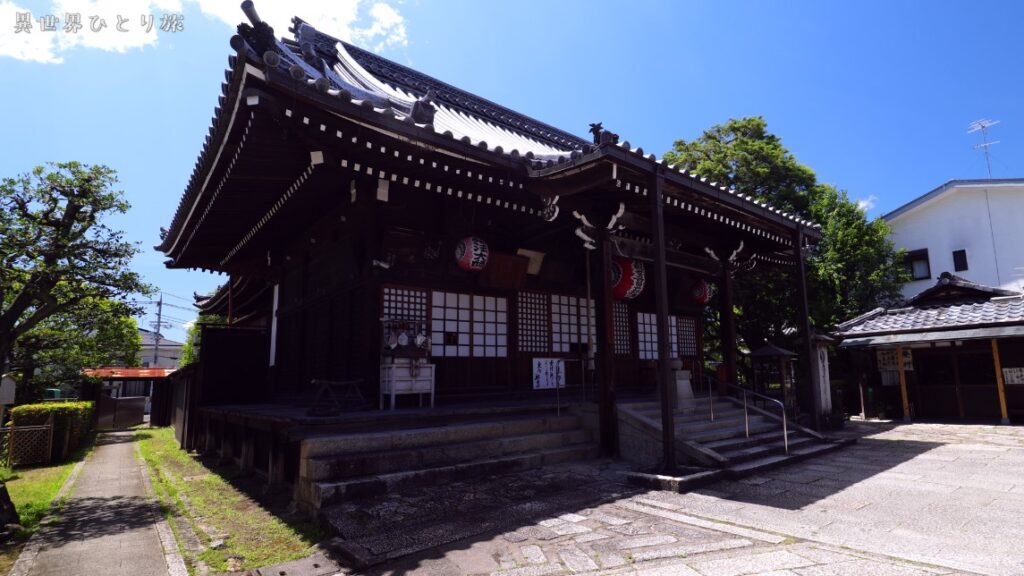
| Address | 863 Kannonji-monzen-cho, Kamigyo-ku, Kyoto |
| Official website | http://www.higasimukikannon.sakura.ne.jp/ |

This is located on the grounds of Kitano Tenmangu Shrine, a short walk after passing through the large torii gate.
Google Maps
Kitano Tenmangu Shrine
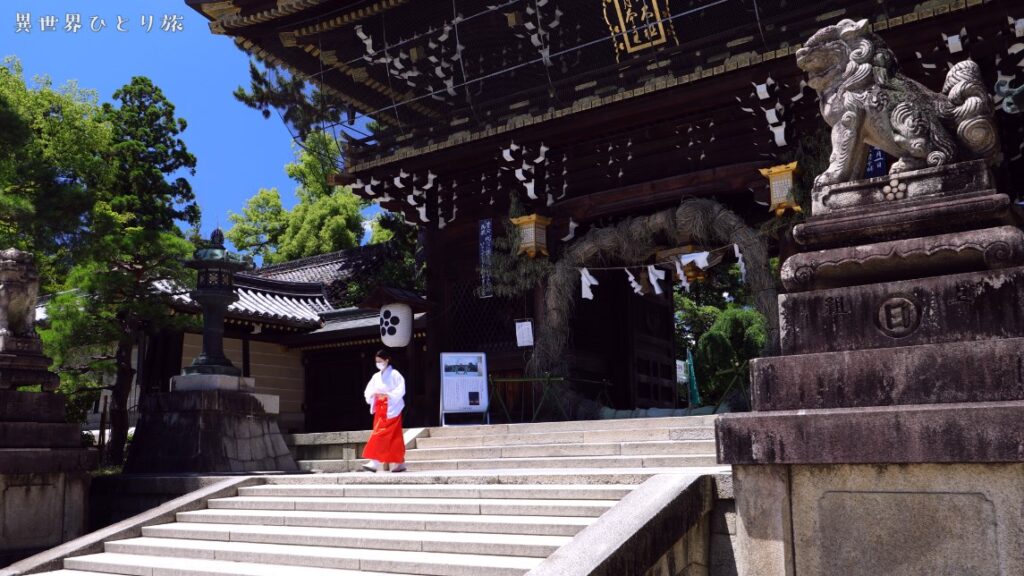
| Address | Bakuro-cho, Kamigyo-ku, Kyoto City |
| Parking lot | Available (opening hours: 6:30 a.m. to 4:30 p.m.) |
| Cost of visit | Precincts] Free [Treasure House] Adults 300 yen, Junior high school students 250 yen, Elementary school students and younger 150 yen [Plum and maple gardens] Adults 600 yen, Elementary school students and younger 300 yen (with tea cakes) |
| Official website | https://kitanotenmangu.or.jp/ |

Kitano Tenmangu Shrine is famous as the god of learning. It is visited by students on school excursions.
The shrine is the headquarters of about 12,000 Tenmangu and Tenjinsha shrines throughout Japan, which worship Sugawara no Michizane (Lord Suga) as their deities.
During the Edo period (1603-1867), terakoya (schools for children) teaching reading, writing, and arithmetic spread throughout Japan, and “Mikagei” depicting Lord Suga was displayed in the classrooms to pray for academic success and the advancement of martial arts.
This is one of the reasons why the shrine later became widely known as the “god of learning” and “god of performing arts.
Google Maps
Hikakuji Temple (Senbon Enma-do)
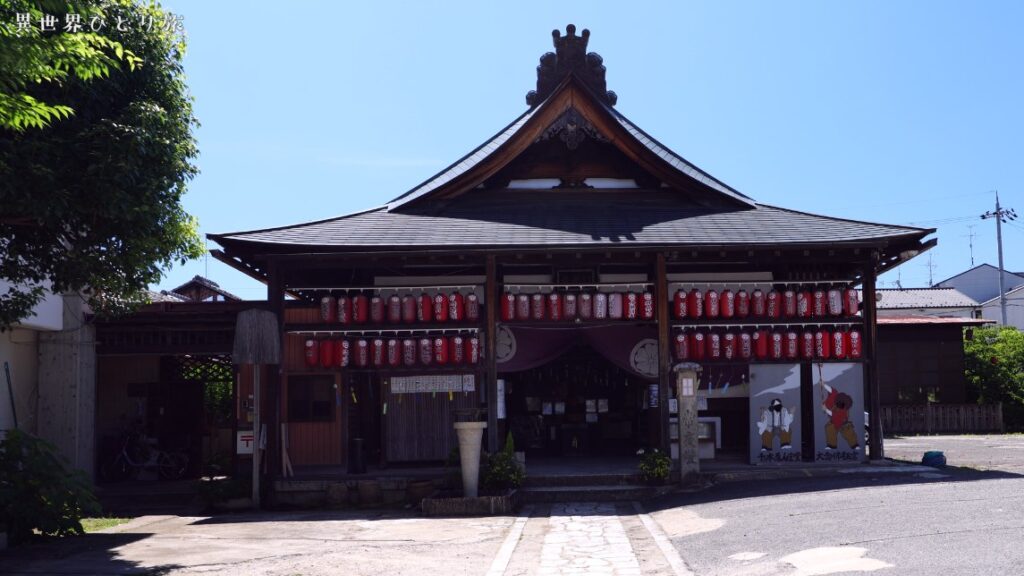
| Address | 34 Enma-mae-cho, Kamigyo-ku, Kyoto |
| Parking lot | Free parking in the precincts of the temple |
| Cost of visit | Free *Guided visit to the statue of King Yama is 500 yen. |
| Official website | http://yenmado.blogspot.com/ |
Google Maps

For more information about Hikakuji Temple, please see this article for more information about Hikakuji Temple.
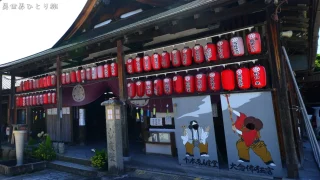
Ishizouji Temple, Nail-pulling Jizo: Kunugi Kizo
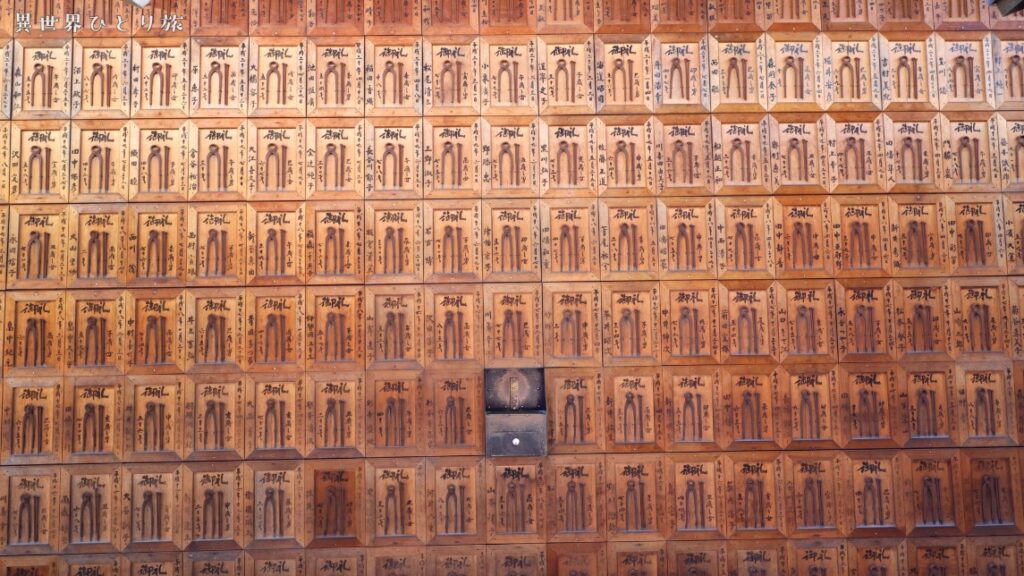
| Address | 503 Hanaguruma-machi, Kamigyo-ku, Kyoto City |
| Cost of visitation | Free of charge |
It enshrines the Jizo, which is said to have been carved from a stone brought back from Tang Dynasty China by Kobo Daishi. This Jizo is called Kunuki Jizo, or Nugi-nuki Jizo, because it removes people’s physical and mental suffering.
In the main hall, there are countless votive votive tablets with two nails and a nail puller attached as a sign of gratitude that the pain in the body and mind has been removed in this way.
Google Maps

For more information about the Kugenuki Jizo, please see this article for more information.
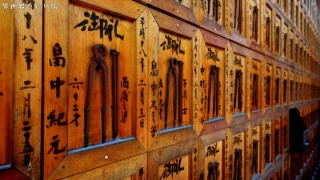
Kyoto Imperial Palace
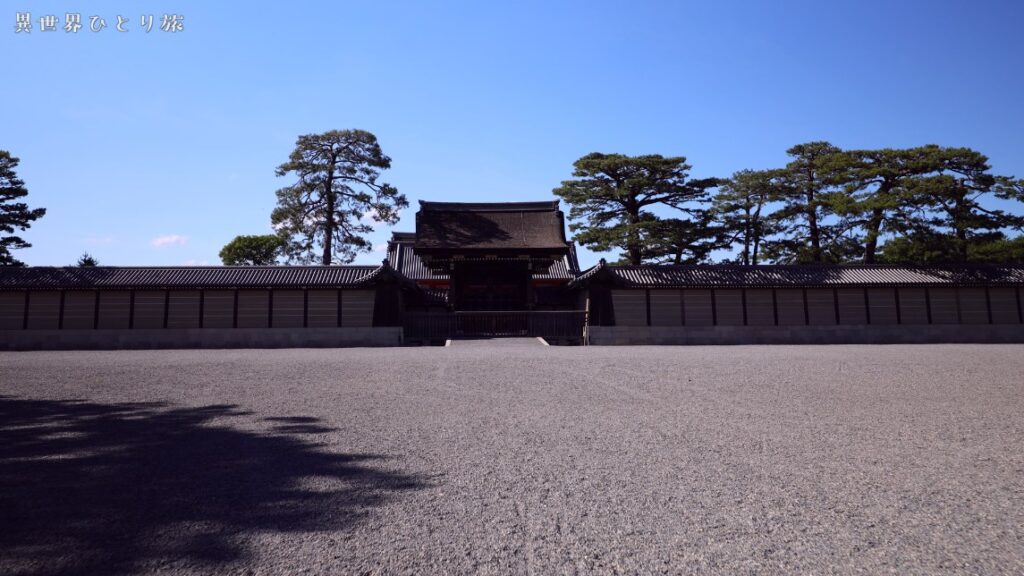
| Address | 3 Kyoto Gyoen, Kamigyo-ku, Kyoto City |
| Cost of visitation | Free of charge |
| Official website | https://sankan.kunaicho.go.jp/guide/kyoto.html |
Google Maps
Shimogoryo Shrine
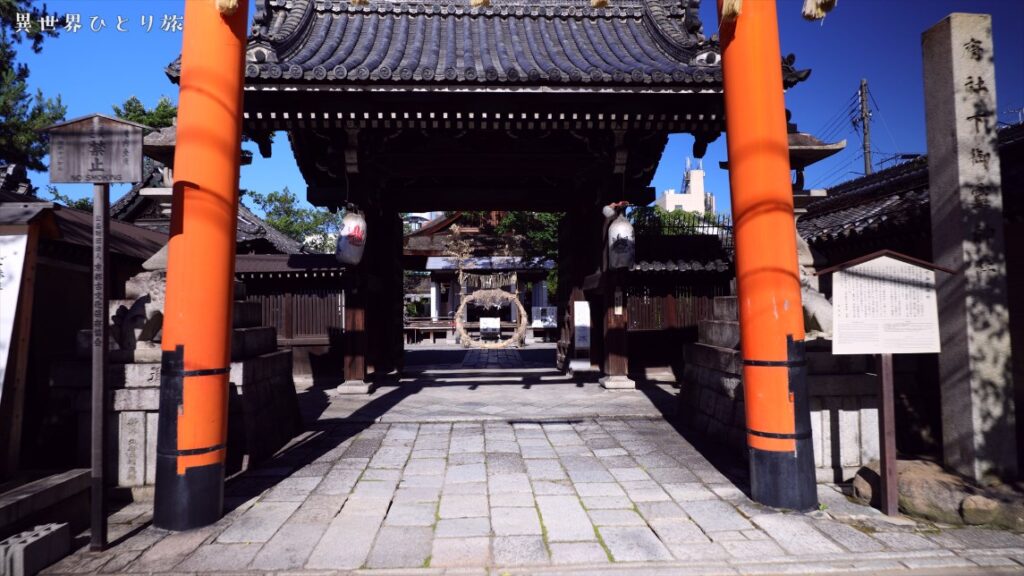
| Address | Shimogoryomae-cho, Teramachi-Dori Marutamachi Shimo-Goryomae-cho, Teramachi-Dori Marutamachi Shimo-Goryomae-cho, Nakagyo-ku, Kyoto 604-0995, Japan |
| Hours of Operation | 6:00 a.m. – 7:30 p.m. |
| Parking lot | None |
| Cost | Free of charge |
| Website | http://shimogoryo.main.jp/ |
| Google Maps | https://goo.gl/maps/o1Cq4A9TuQCw3ztS8 |
Google Maps

For more information about Shimogoryo Shrine, please see this article for more information about Shimogoryo Shrine.
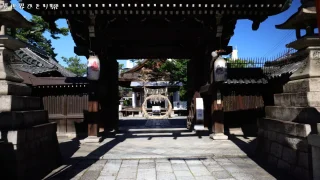
Kuramadera Temple: Kuramadera
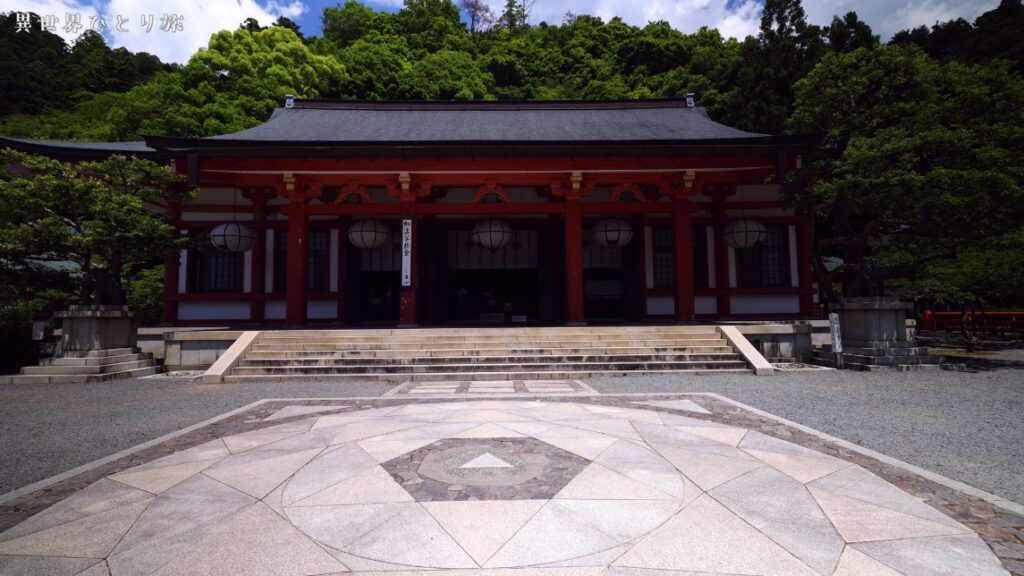
| Address | 1074 Kurama Honmachi, Sakyo-ku, Kyoto |
| Parking lot | None |
| Cost of visit | Precincts] 300 yen for high school students and older [Reihouden] 200 yen for high school students and older, 100 yen for elementary and junior high school students |
| Official website | https://www.kuramadera.or.jp/ |

Kuramadera Temple was founded in 770 by Ganchō, a disciple of Wajo Ganjin. Following a prophecy he heard in a dream, Ganchō ascended Mt. Kurama and was attacked by a demoness, but was rescued by Bishamonten (Bishamonten).

So he built a hermitage to worship Bishamonten, and that was the beginning of Kuramadera.
Kuramadera Temple is a separate article Please take a look.
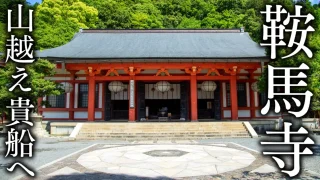
Google Maps
High Priestess (Tarot card)
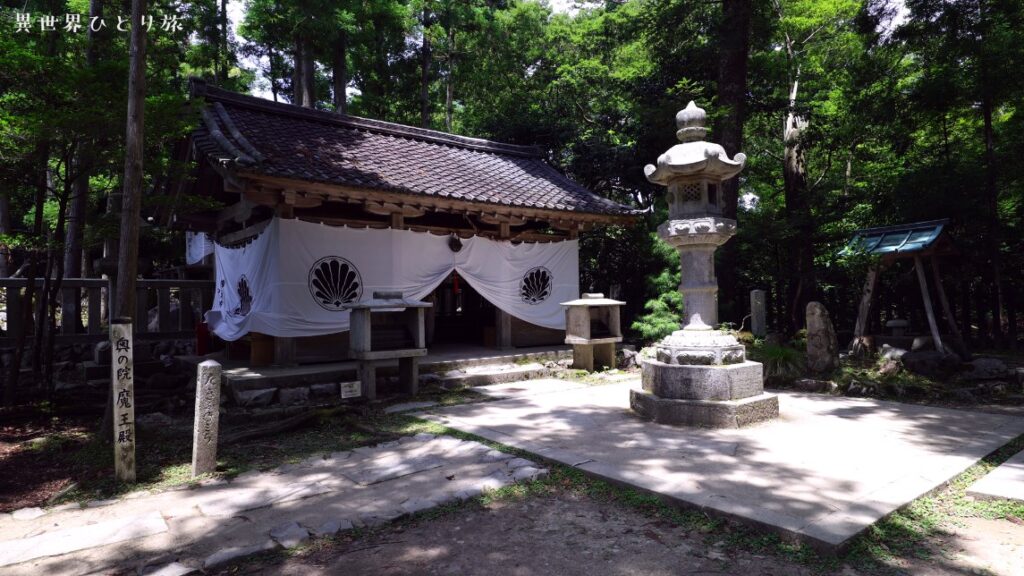
| Address | Kurama Honmachi, Sakyo-ku, Kyoto |

The central spiritual center of Kuramadera is the inner sanctuary, Maouden.
According to the explanation of Kuramadera Temple, this is the place where Maou-son is said to have descended from Venus 6.5 million years ago for the salvation of the earth.
Google Maps
It is located between Kibune Shrine and Kuramadera Temple.
It takes about 20 minutes to go up Mt. Kurama from the Kibune Shrine side.
Video|Beyond Kurama Mountain
Kibune Shrine (shrine)
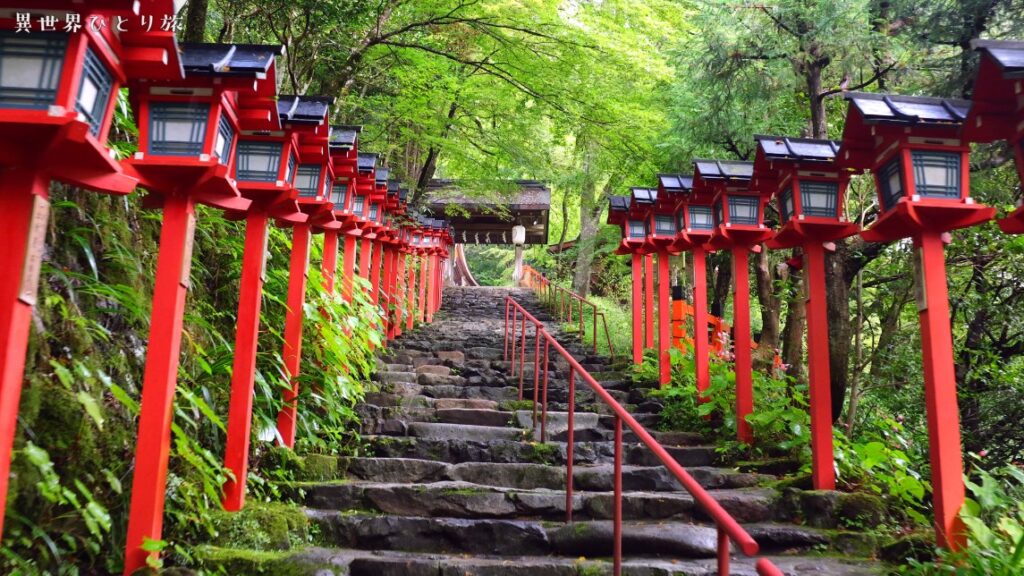
| Address | 180 Kurama Kibune-cho, Sakyo-ku, Kyoto |
| Parking lot | Honmiya: 10 spaces, Okumiya: 15 spaces available (800 yen / 2 hours) |
| Cost of visitation | Free of charge |
| Official website | https://kifunejinja.jp/ |
Kibune Shrine has long been worshipped as the god who protects the source of water in Kyoto.
Kibune was written in ancient times as “Ki-bune” (氣生根). Ki-seine means the place where “ki,” the energy of all things, originates. Therefore, it is said that the god of “luck and ascension” resides in Kibune, and it has been believed that Kibune is the birthplace of luck.
The “mizuyu mikuji,” or “fortune-telling” lottery, in which a blank omikuji card is floated in the “mizuura yuniwa,” where sacred water flows out, is reputed to be a good bet.
Kibune Shrine Ketsusha (Nakamiya)
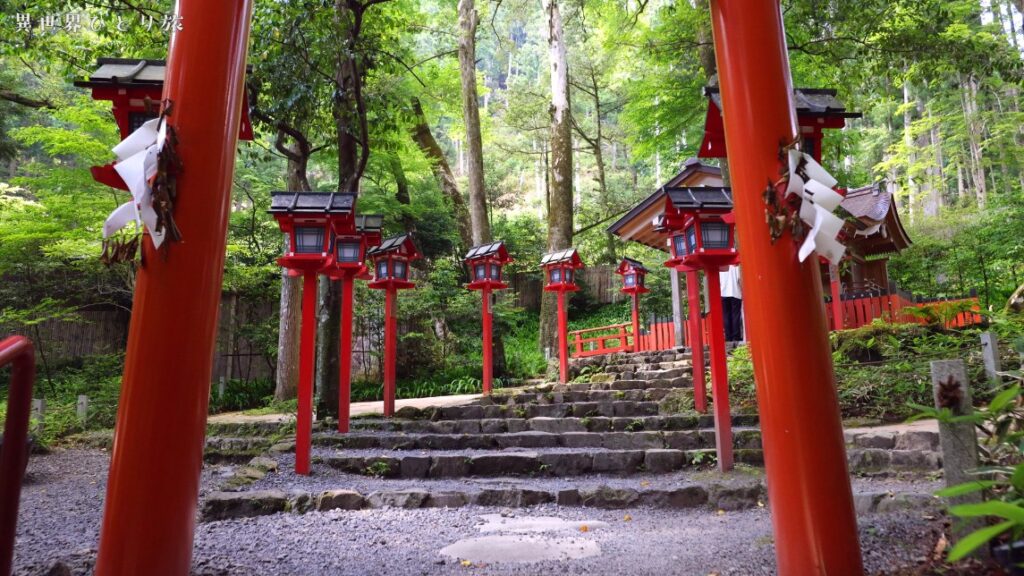
Kibune Shrine Okumiya
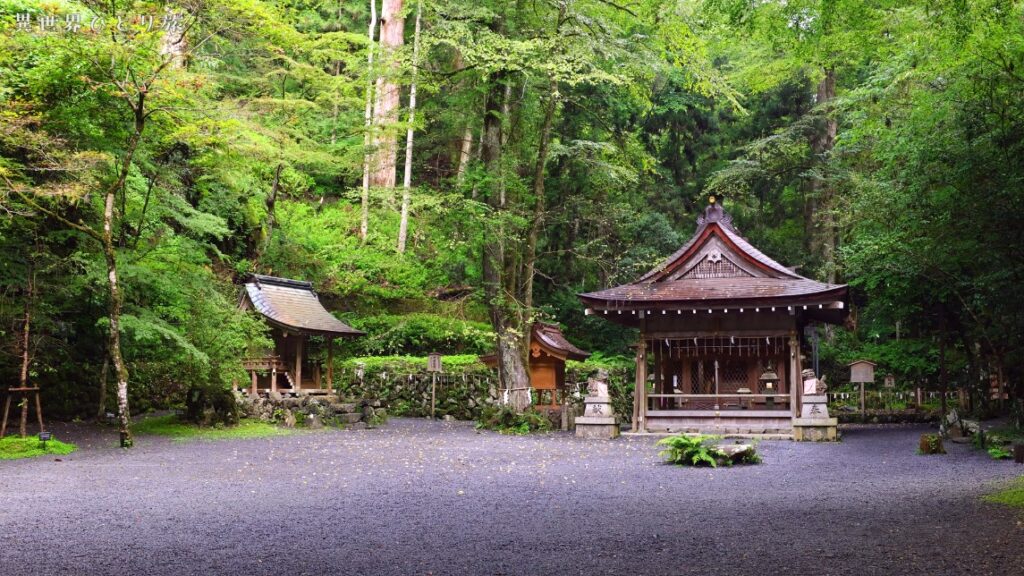
Google Maps
Snowy scenery of Kibune Shrine in video

Snowy scenery of Kibune Shrine The following is a photograph of the
Please refer to the separate article for a summary.
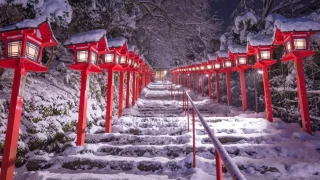
Fushimi Inari-taisha shrine (in Kyoto)
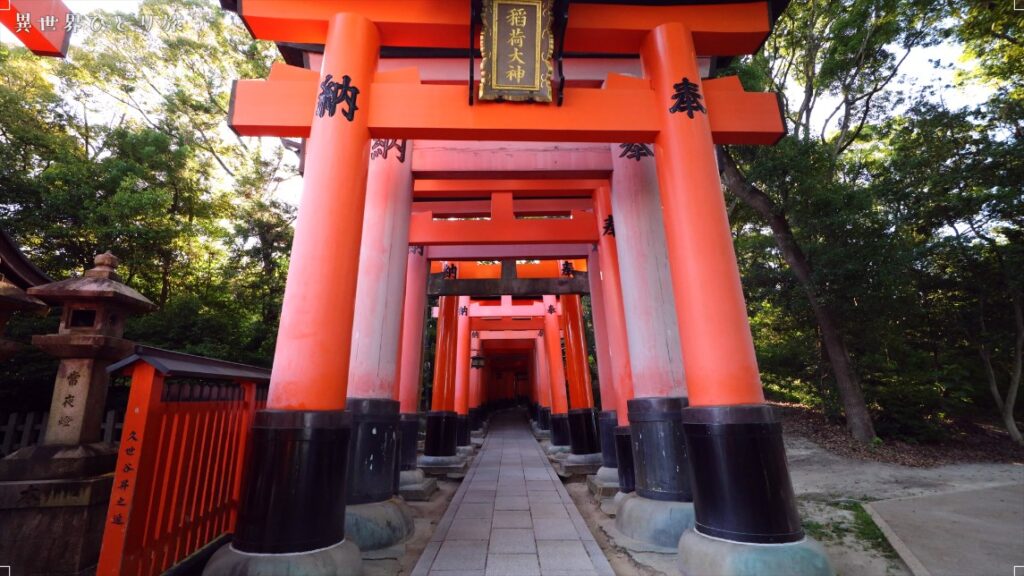
| Address | 68 Yabunouchi-cho, Fukakusa, Fushimi-ku, Kyoto |
| Parking lot | Free parking available (175 spaces) |
| Cost of visitation | Free of charge |
| Official website | http://inari.jp/ |
Fushimi Inari Taisha, affectionately known as “Inari-san,” is the head shrine of about 30,000 Inari shrines throughout Japan.
The numerous vermilion-lacquered torii gates on the approach from behind the main shrine to the inner shrine are called “Senbon-torii,” and are a sight to behold.
This is said to be due to the widespread dedication of torii gates during the Edo period (1603-1867) and later, as a way of expressing gratitude that one’s wish “came true” or that one’s wish “came true.
Watch the Fushimi Inari Taisha shrine in video
- 00:00 Nino Torii
- 00:33 Higashimaru Shrine
- 00:43 Main Shrine
- 01:36 Inner Shrine
- 02:00 Senbon Torii
- 03:23 Okusha Shrine
- 03:39 Interesting stone
- 04:24 Pine tree at the top of the root
- 10:50 Shinike/Kumataka Shrine
- 15:27 Santokusha, Santokutei
- 16:37 Yotsuji
- 20:57 Gozen Valley Prayer Hall
- 21:13 Okumura Ookami
- 24:25 Yakuriki Daijin
- 26:17 Sacred site of Mitsurugi President Shrine
- 28:02 Shunshungsha
- 29:14 Summit of Mt.
- 31:09 Going down the mountain
- 31:29 Ninomine/Nakasha Shinseki
- 33:18 Manomine-Kadasha shrine site
- 33:53 San-no-mine Shimo-sha Shinseki
- 35:51 Tamahime Ojin
- 37:11 Koshigami Fudo Shrine
- 38:18 Enkotsugi Kuchi-iri Inari Ojin
- 38:50 Suehiro Ojin Rest Area
Google Maps

For more information on Kyoto Fushimi Inari Taisha Shrine, please see this article for more information about Kyoto Fushimi Inari Shrine.
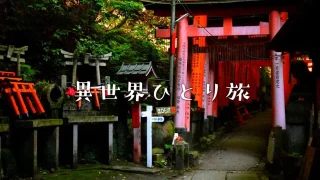
![Welcome to the Underworld of Kyoto] 30 Magical Spots in Kyoto](https://isekai-hitoritabi.com/wp-content/uploads/2022/11/2022-08-20_12h30_18-640x360.jpg)
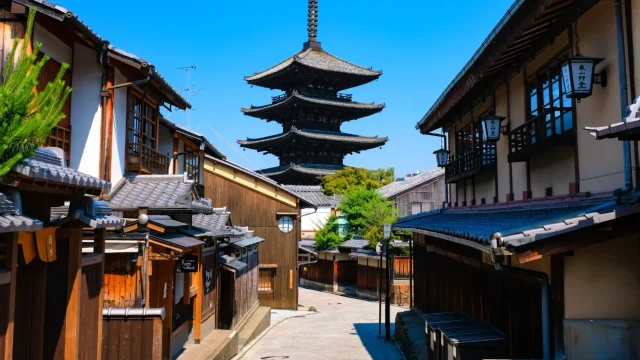
![14 Sightseeing Spots in Arashiyama and Sagano Area] Places to visit in Kyoto before you die.](https://isekai-hitoritabi.com/wp-content/uploads/2022/11/2022-11-20_19h37_48-640x360.jpg)
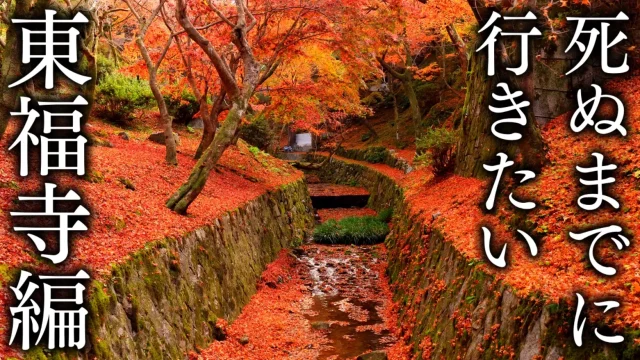
![Eikando Area] The most beautiful view of Kyoto that I want to visit before I die.](https://isekai-hitoritabi.com/wp-content/uploads/2022/12/2022-12-06_19h11_37-640x360.jpg)
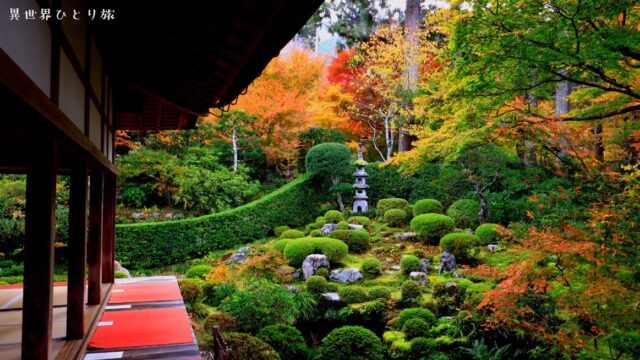
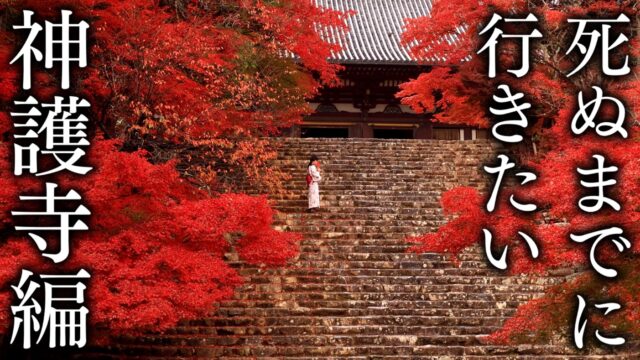
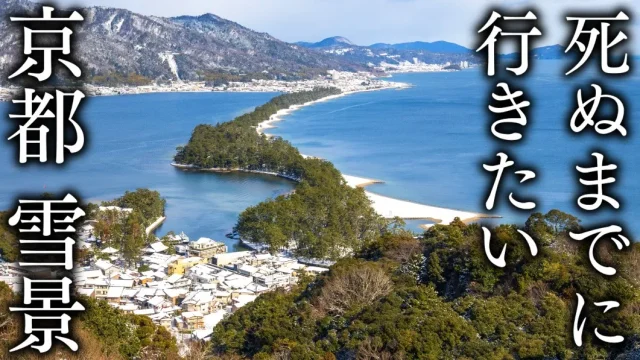
![The town closest to the sea in Japan] 7 Spectacular Spots for Boat Houses in Ine](https://isekai-hitoritabi.com/wp-content/uploads/2023/02/2023-02-03_19h06_16-1-640x360.webp)
![Kyoto's most spectacular scenery] Miyama Kayabuki-no-Sato, Kitamura Tourist Attractions](https://isekai-hitoritabi.com/wp-content/uploads/2023/01/2023-01-29_21h22_57-640x360.webp)
